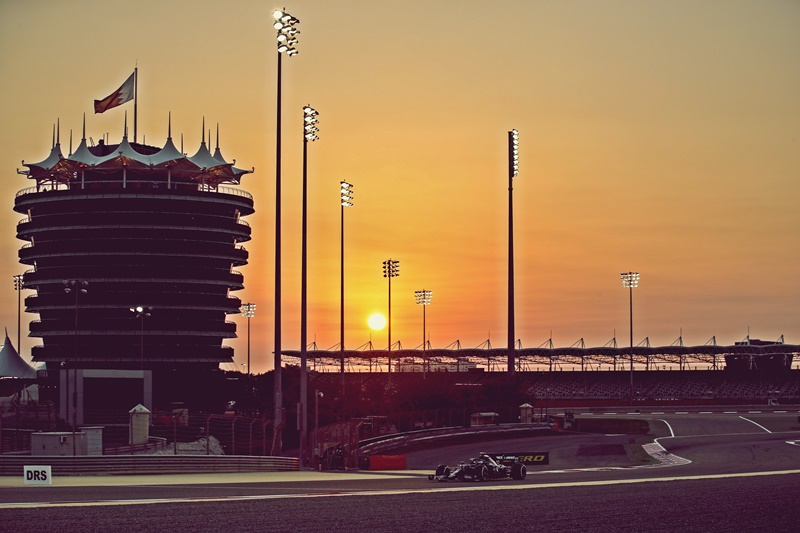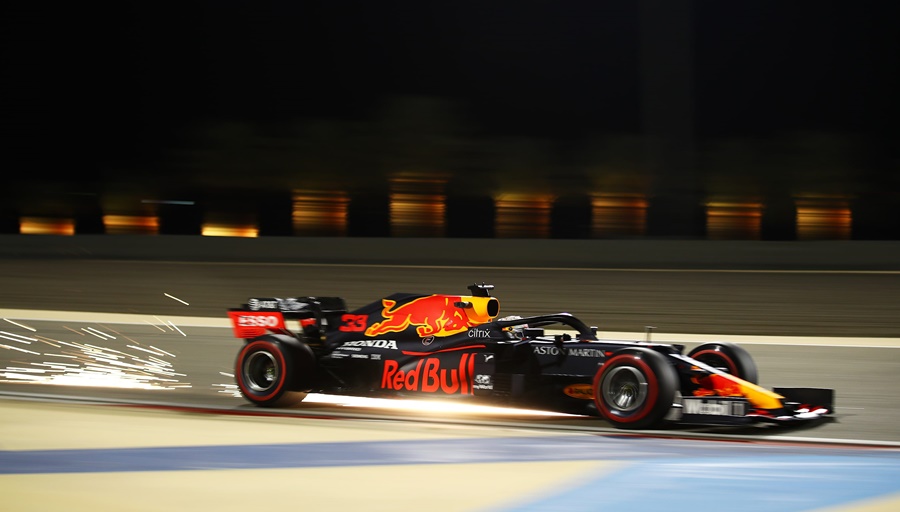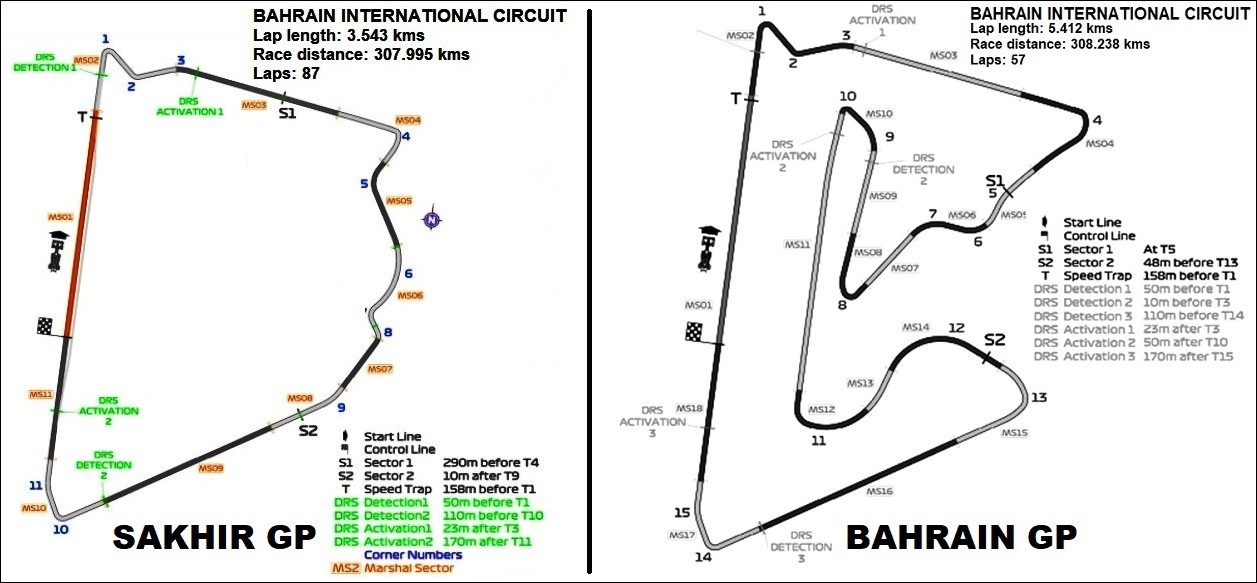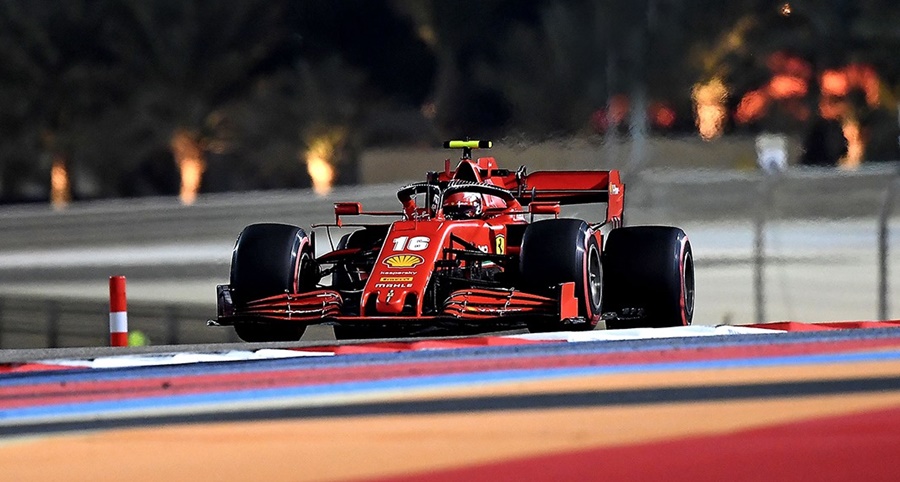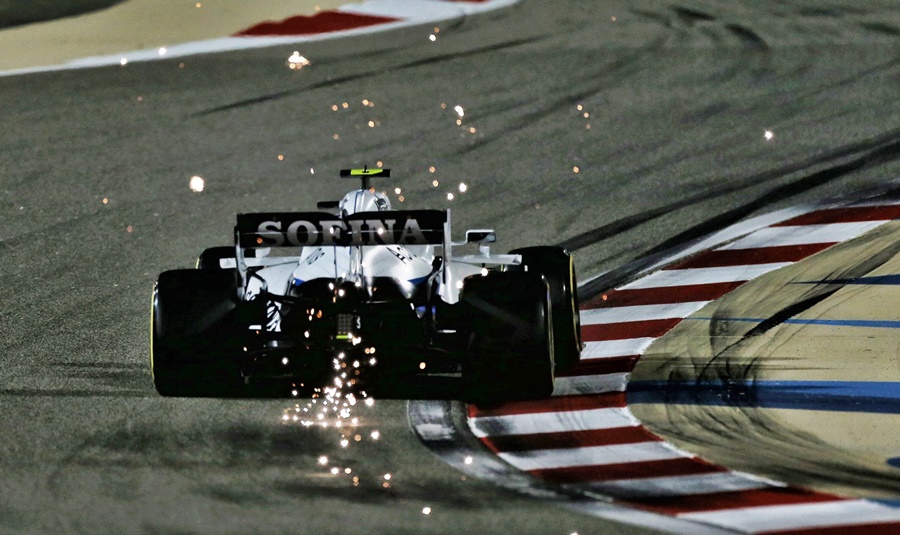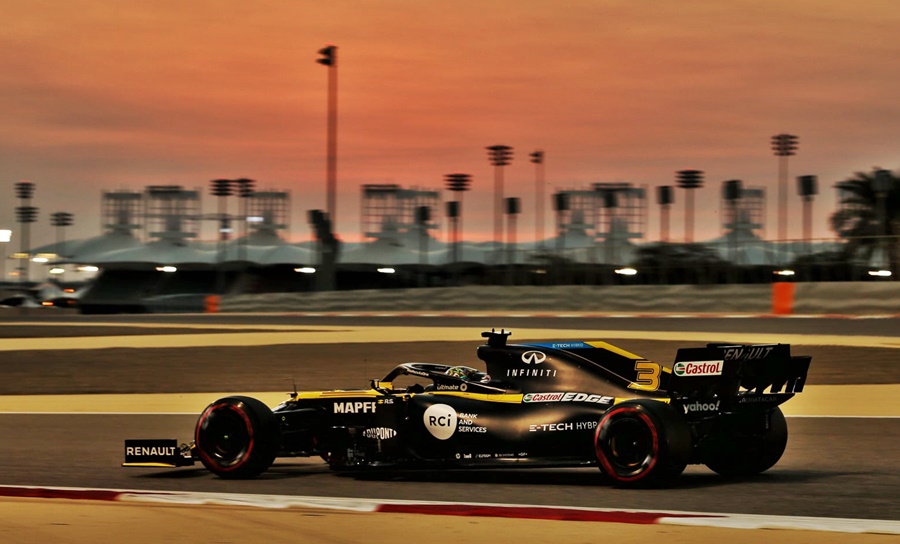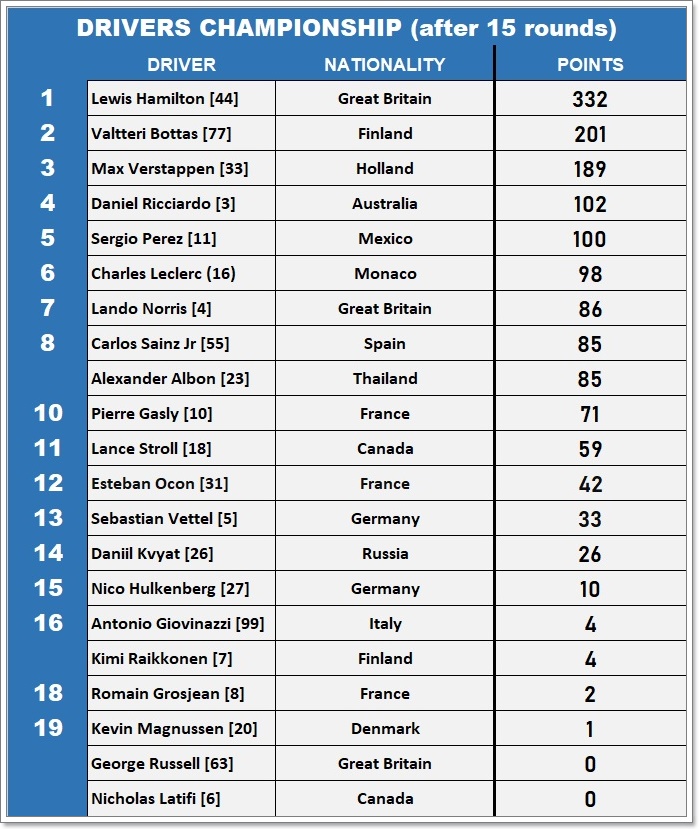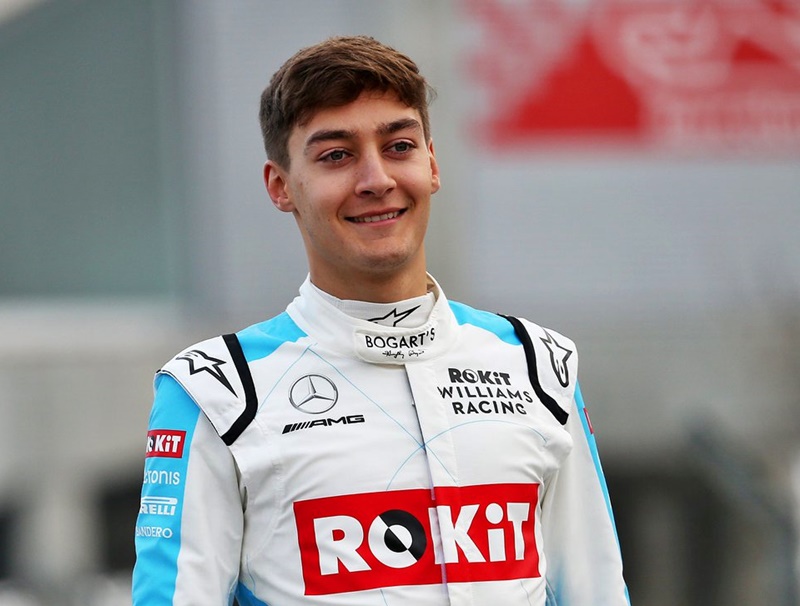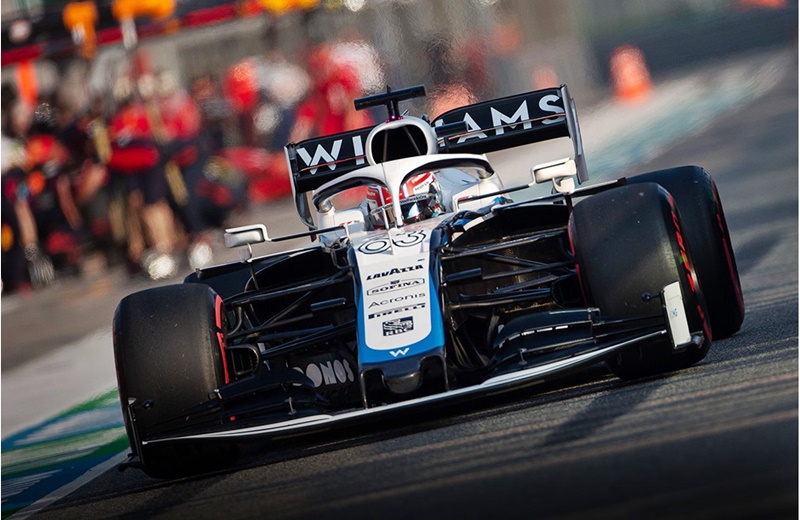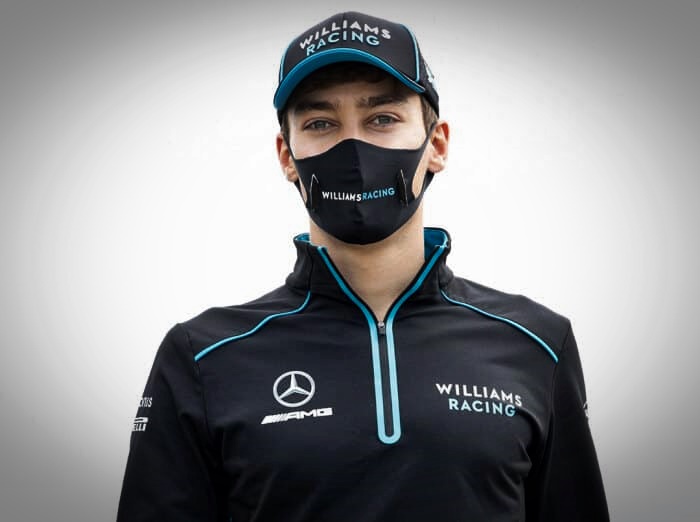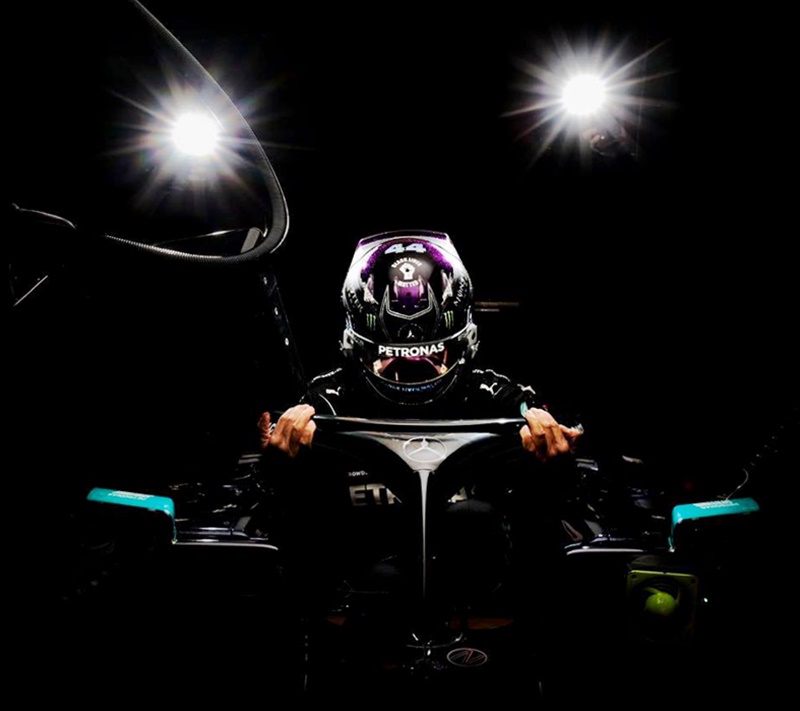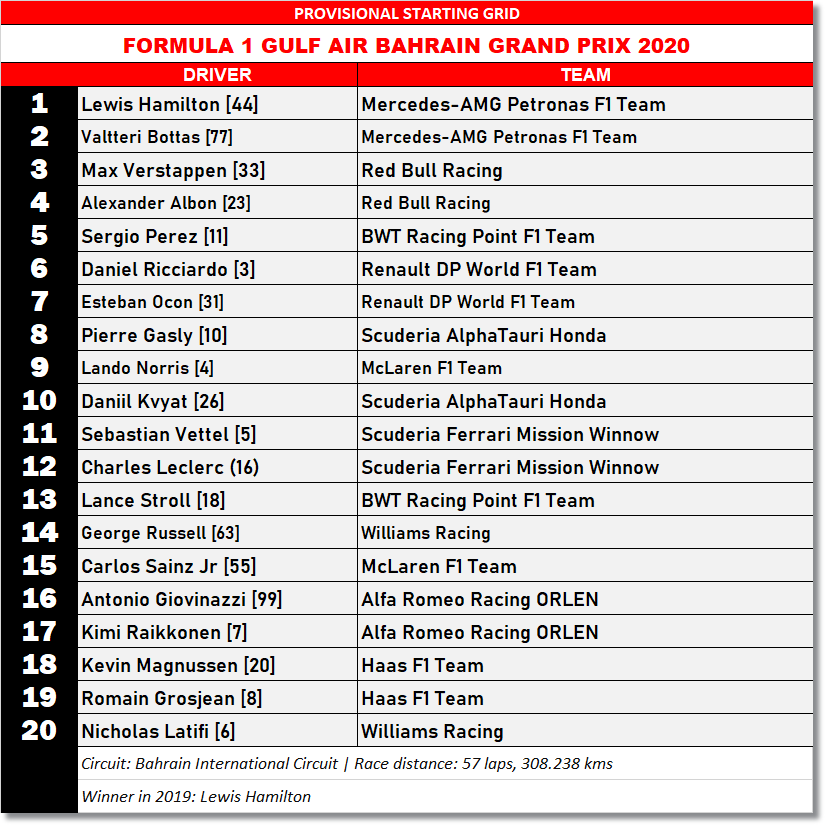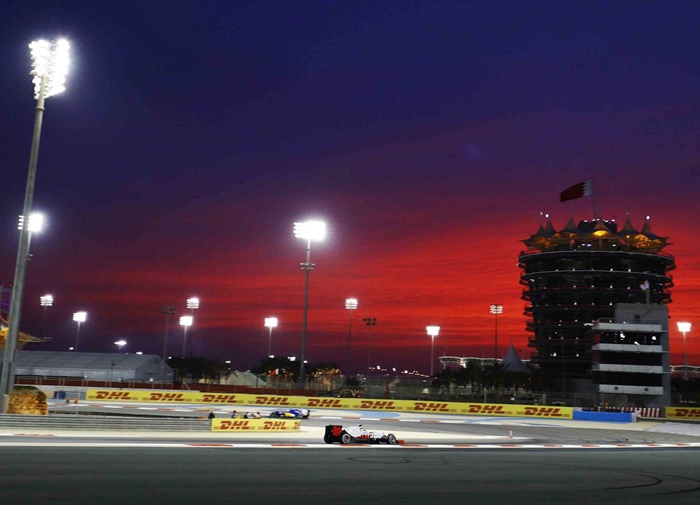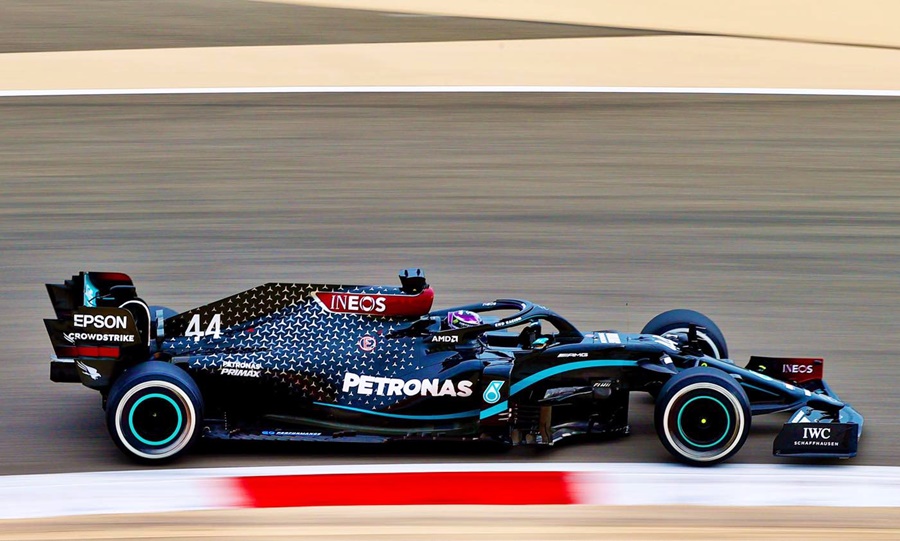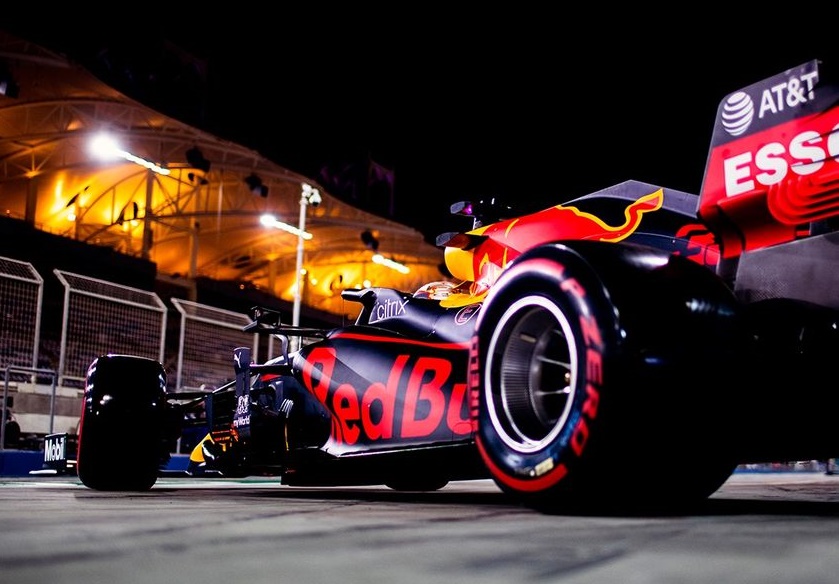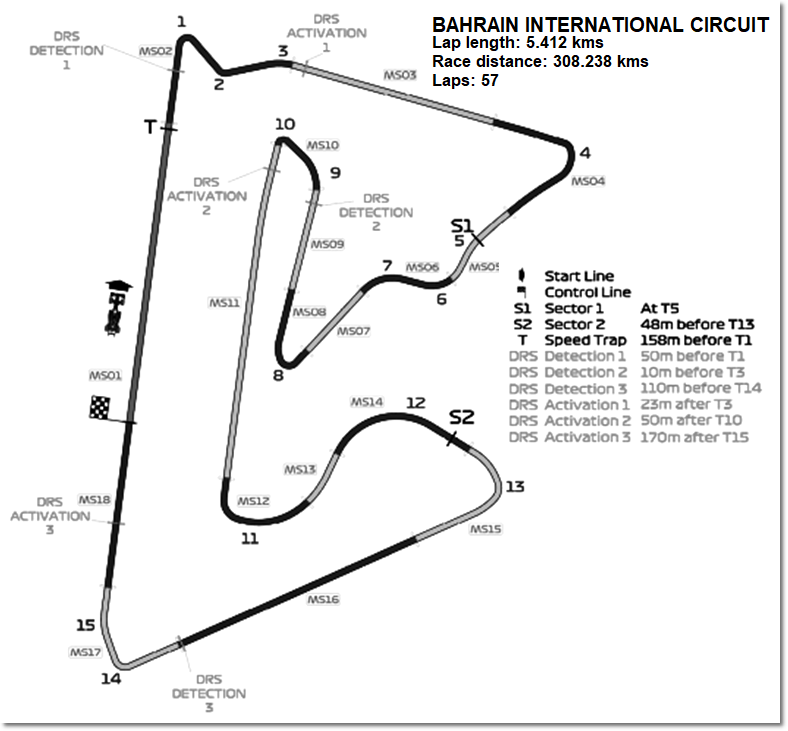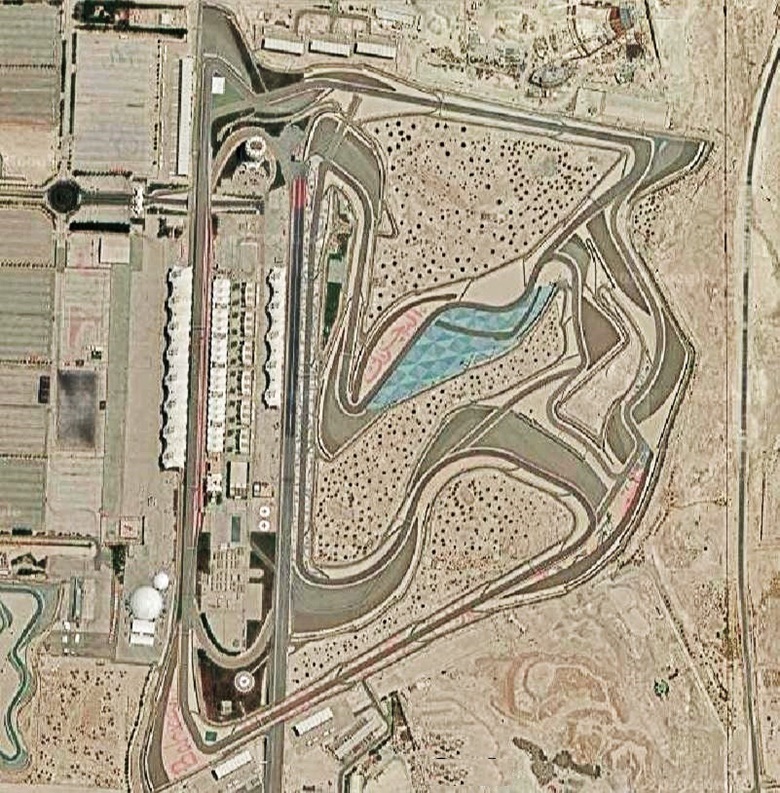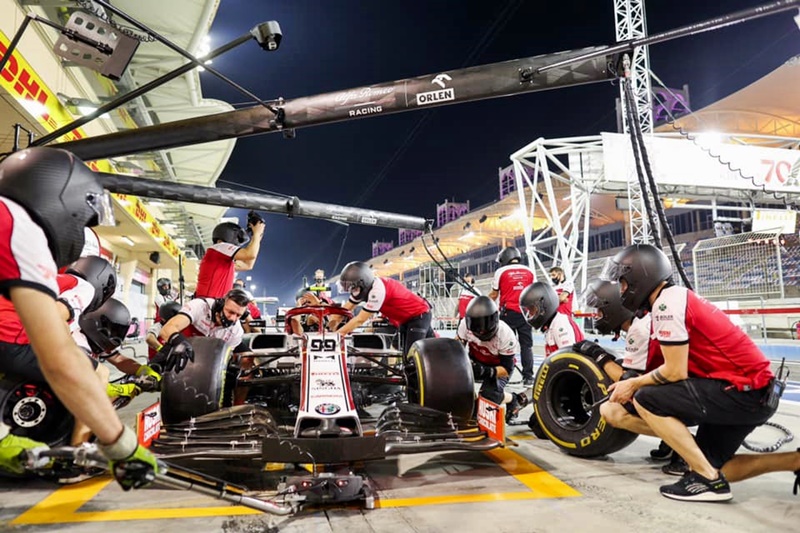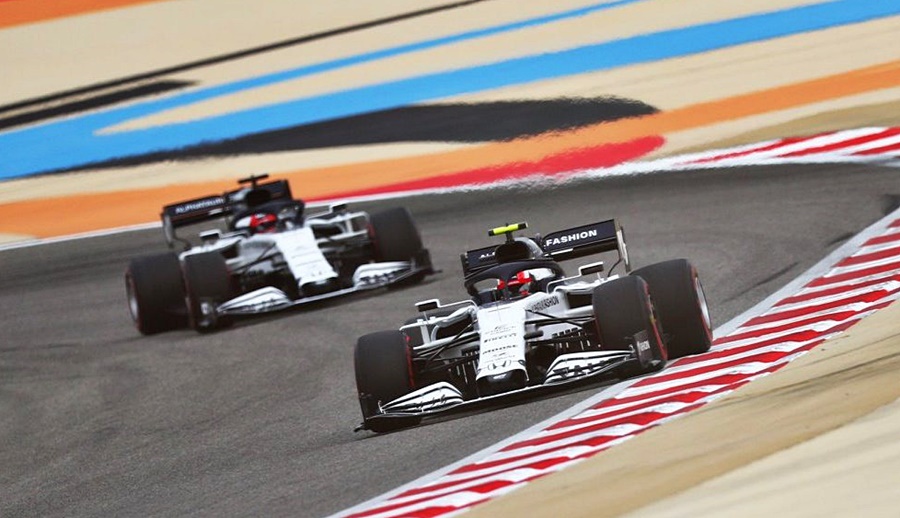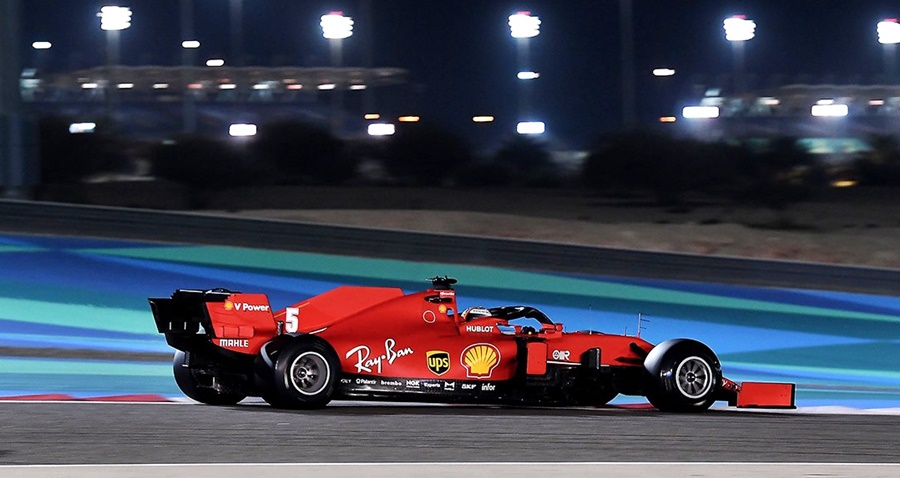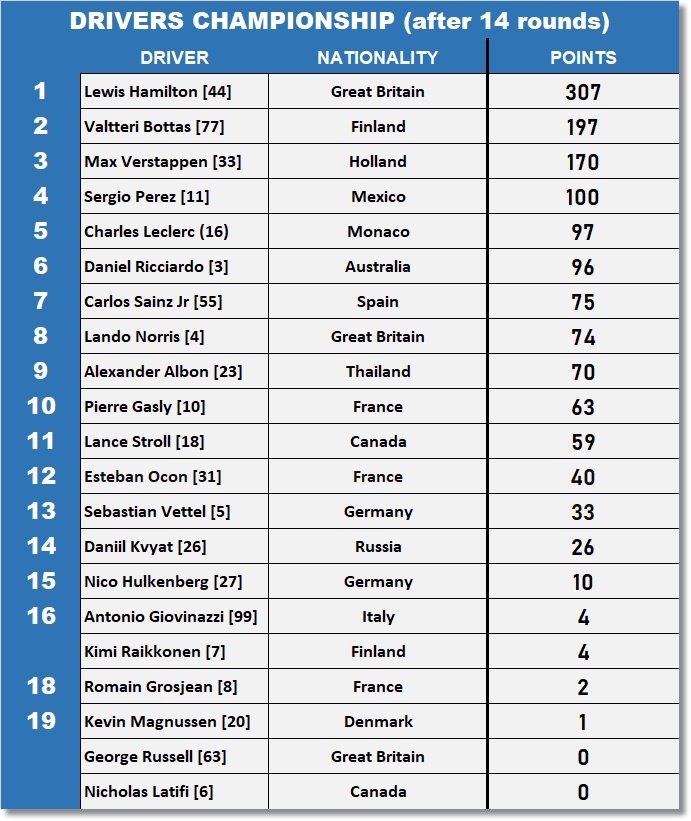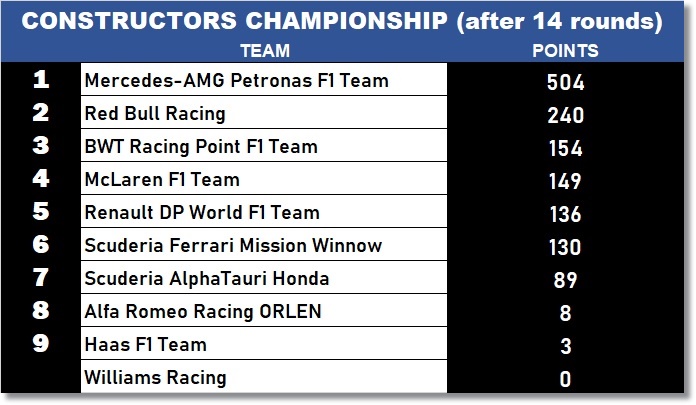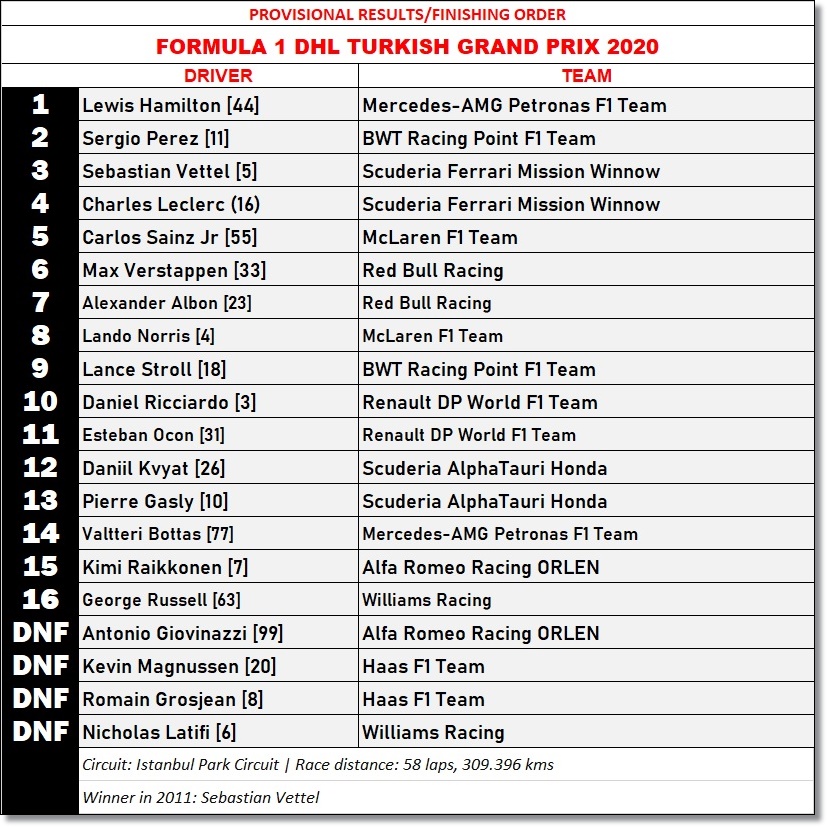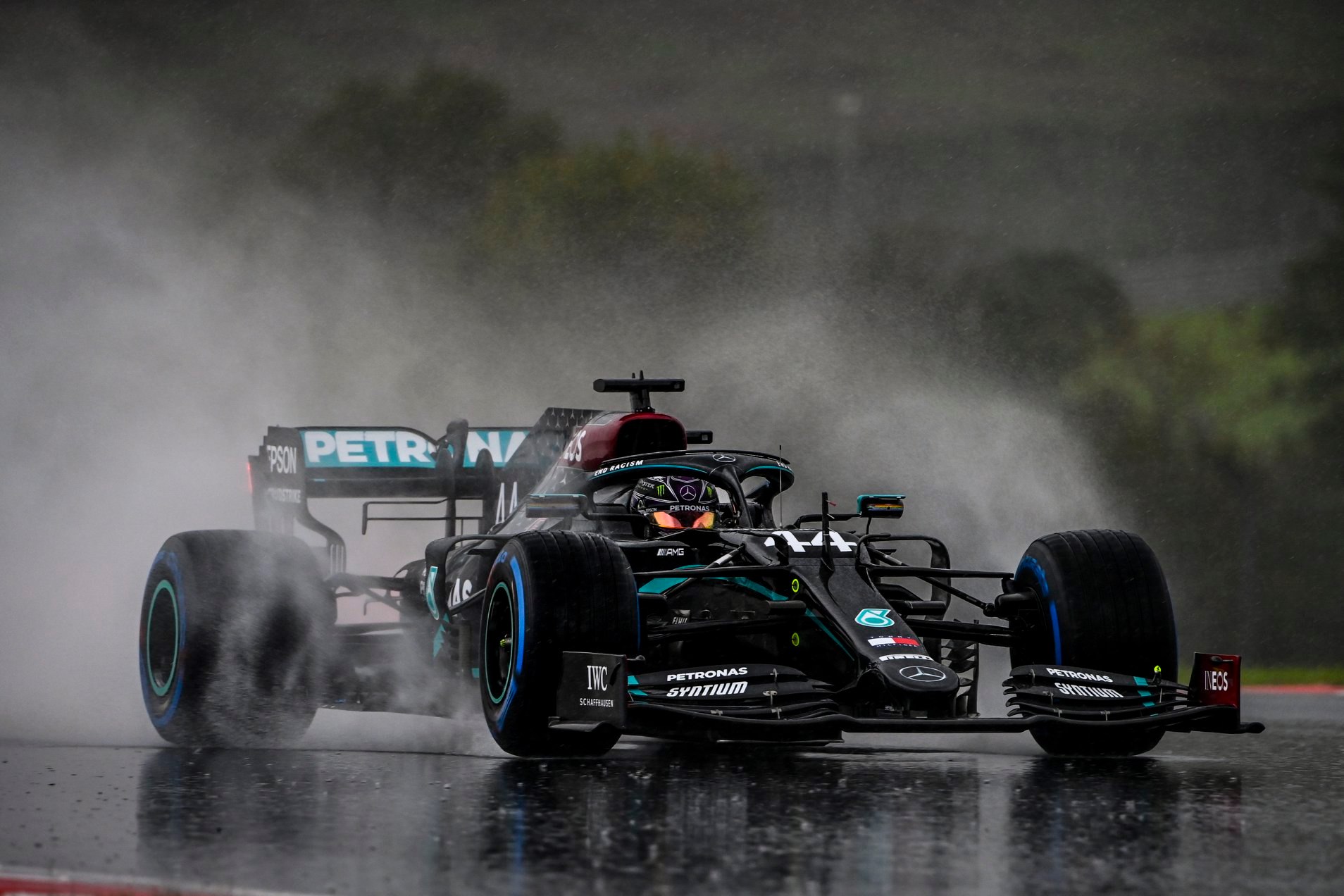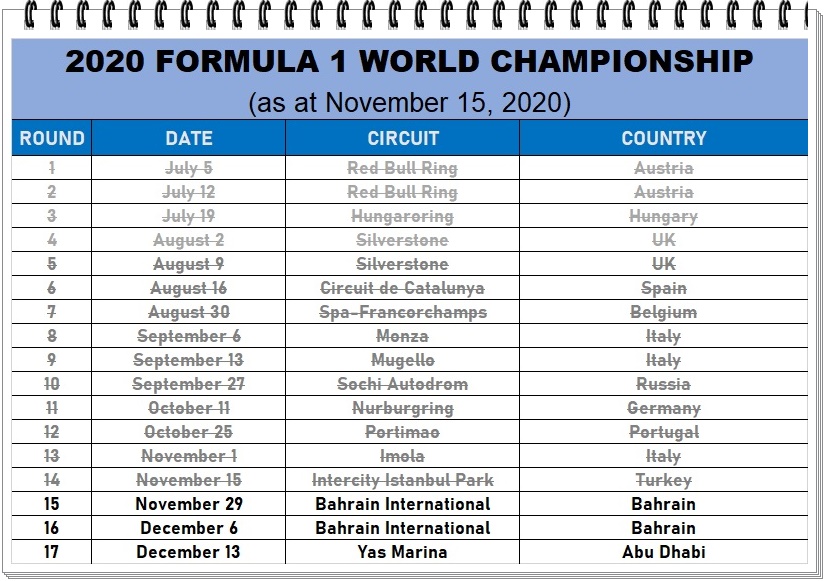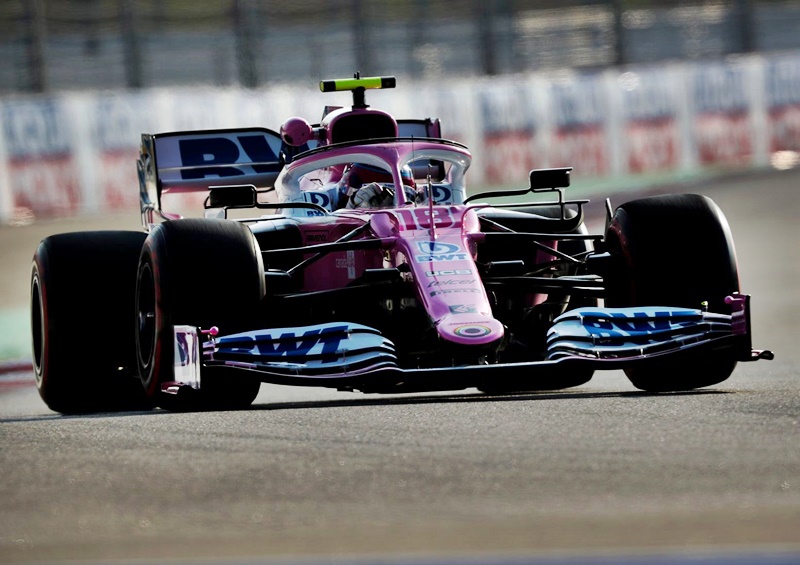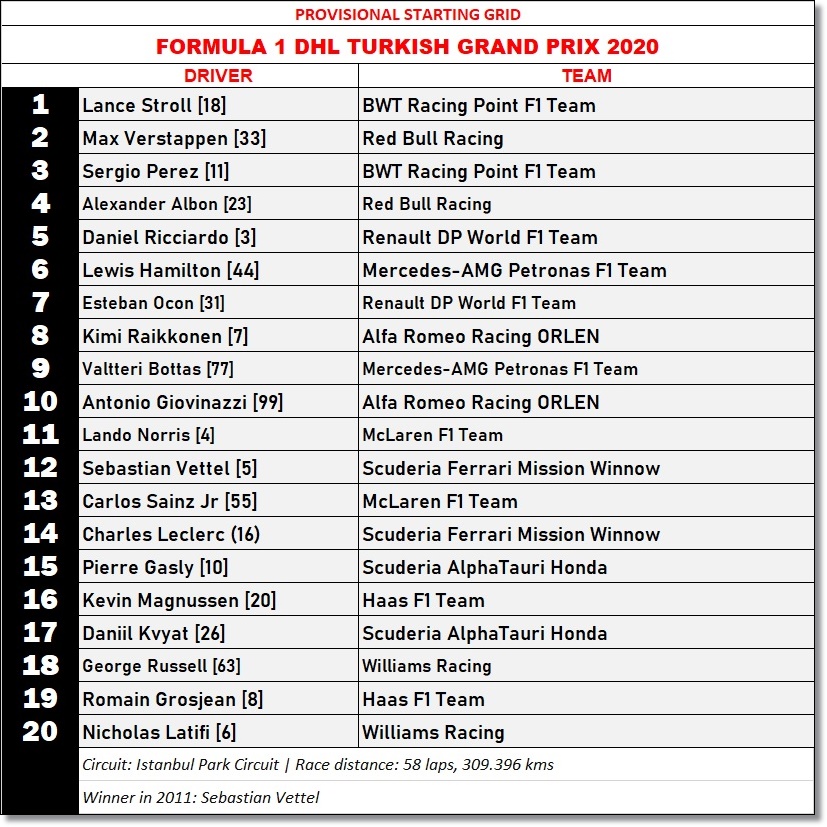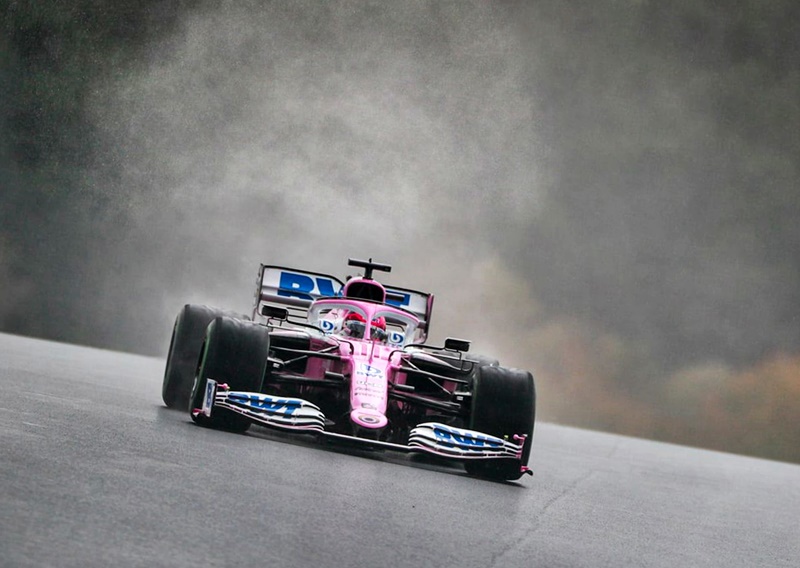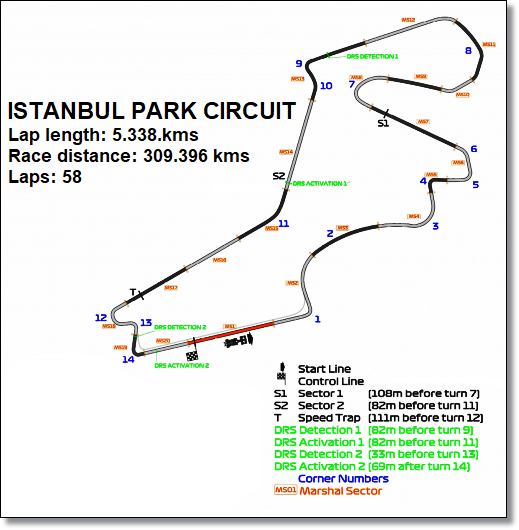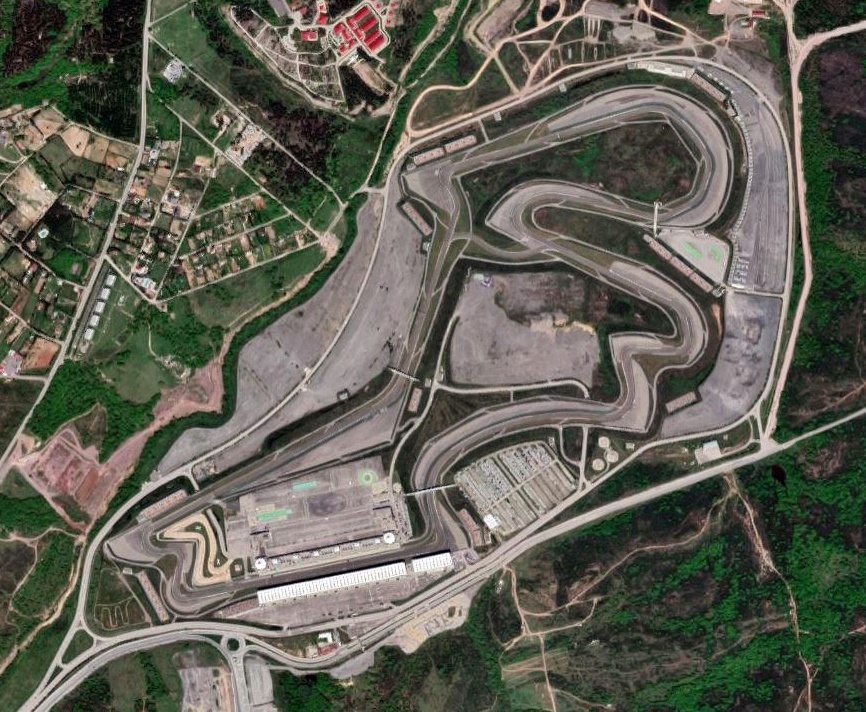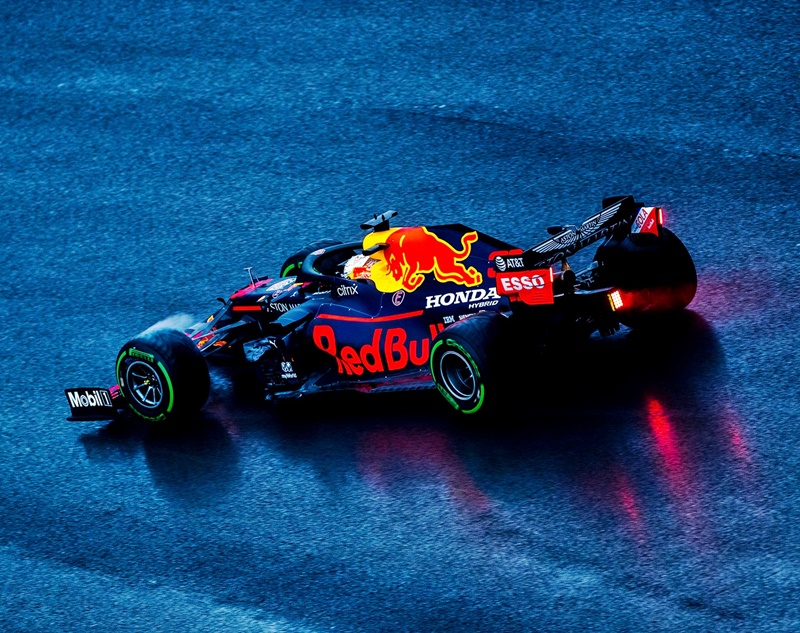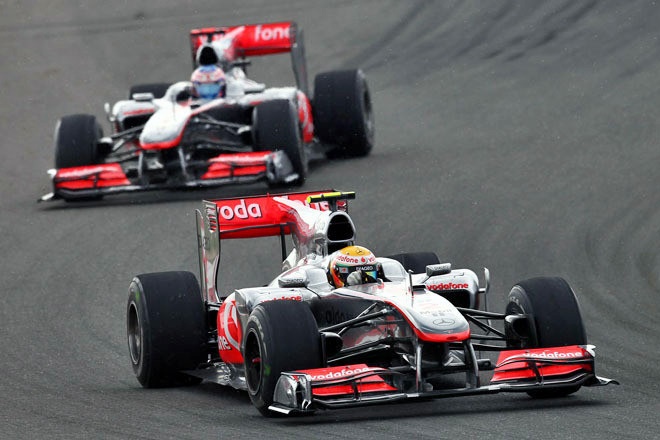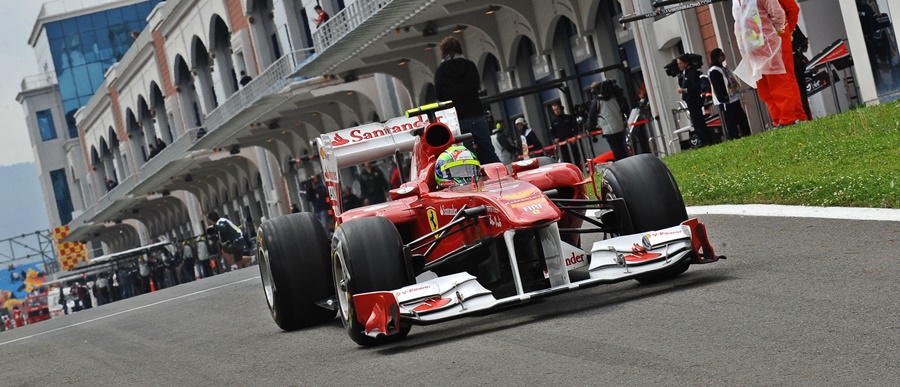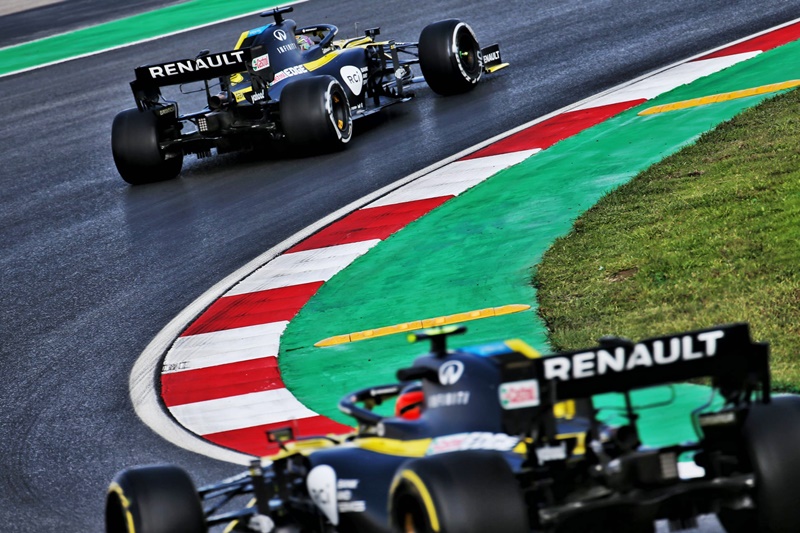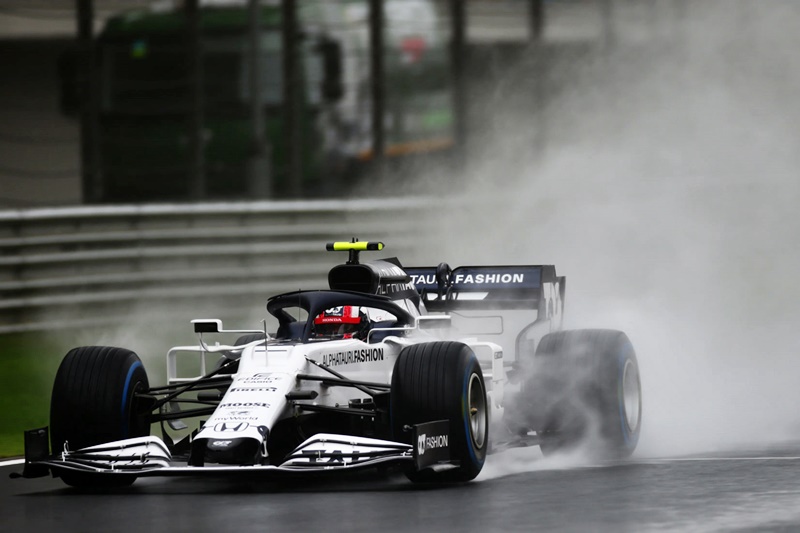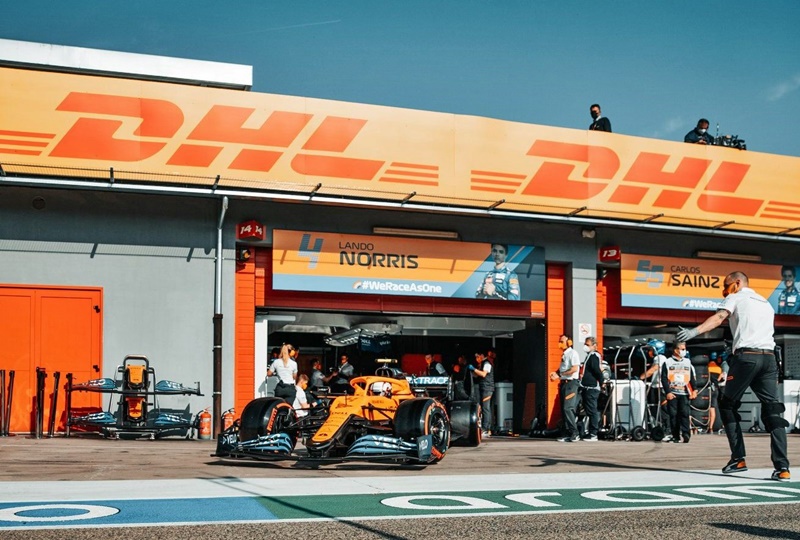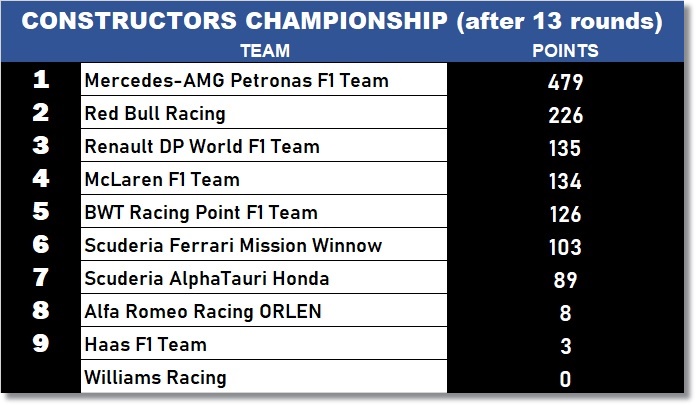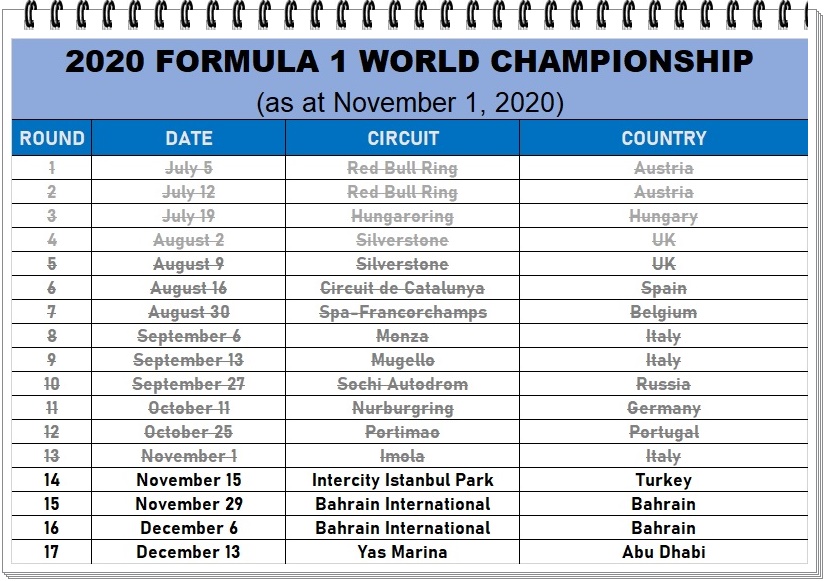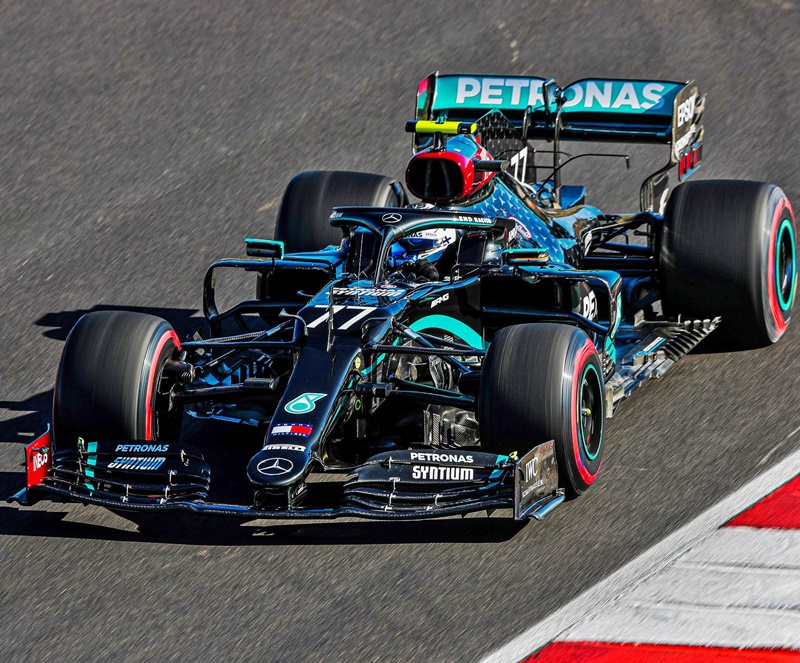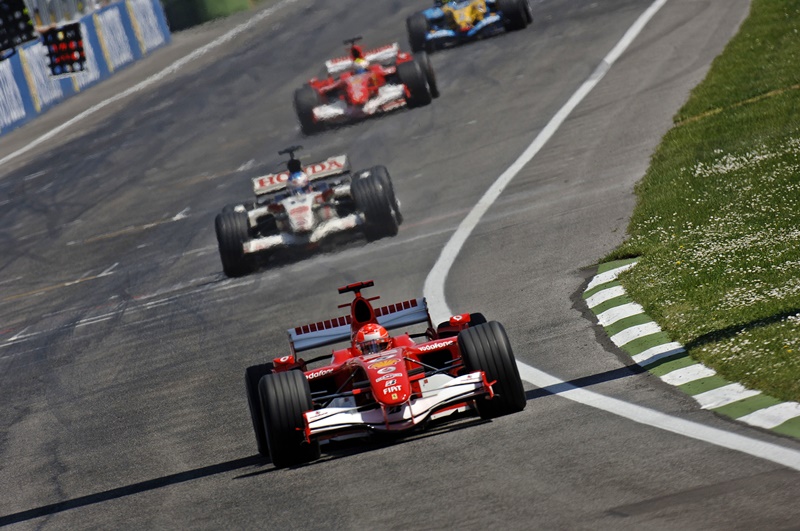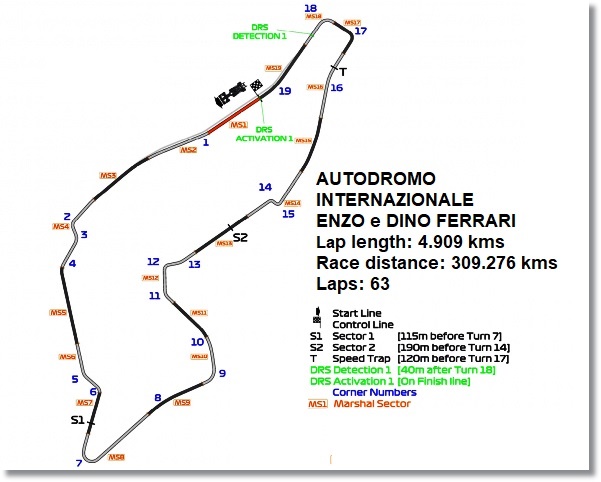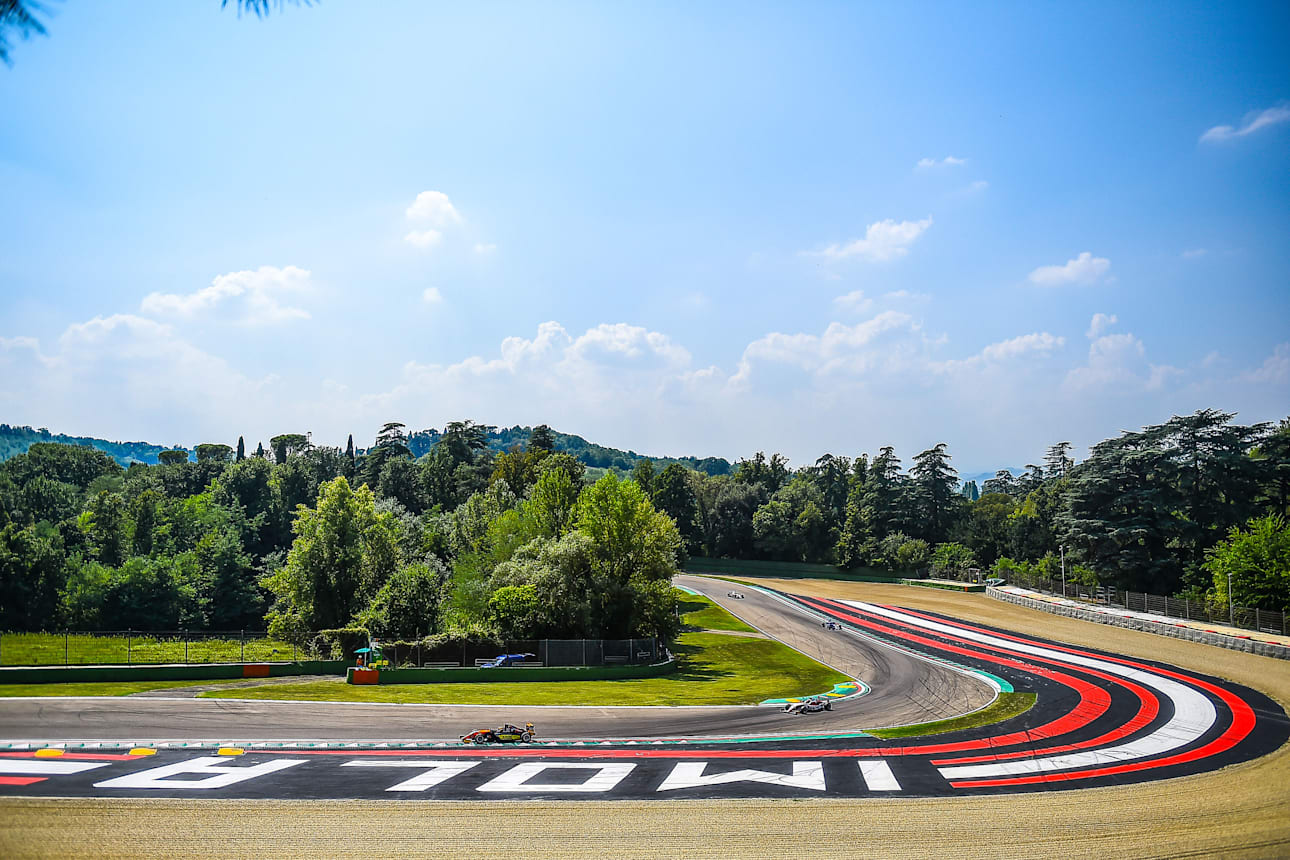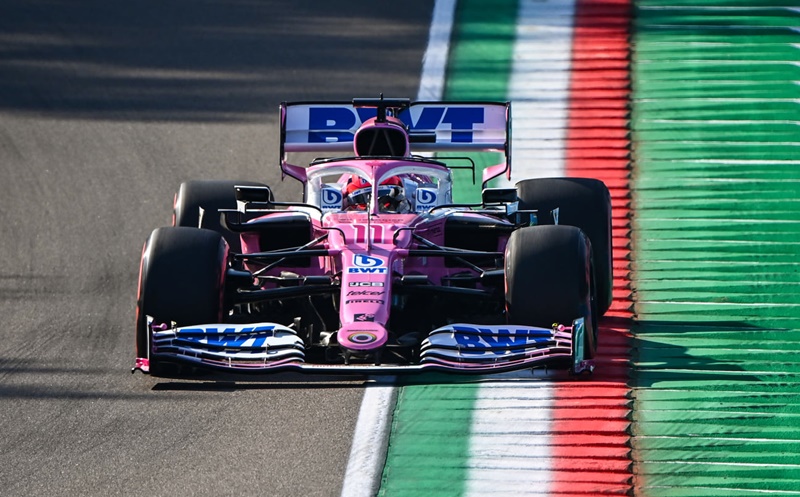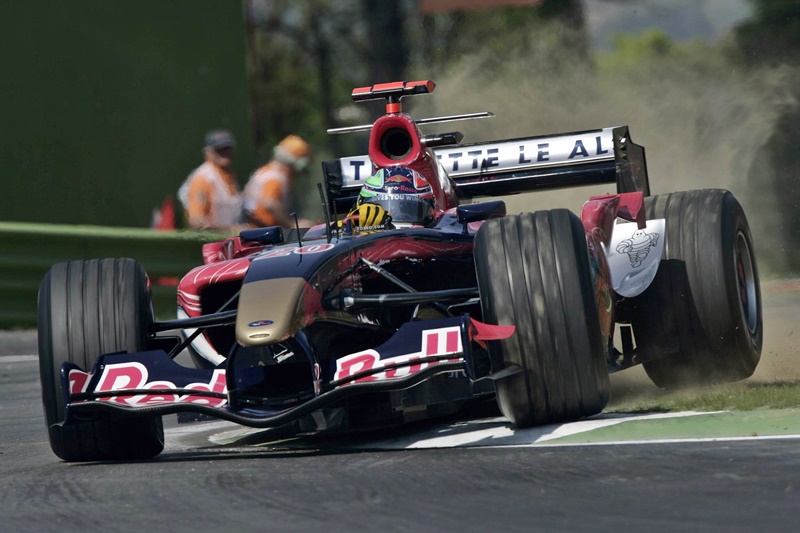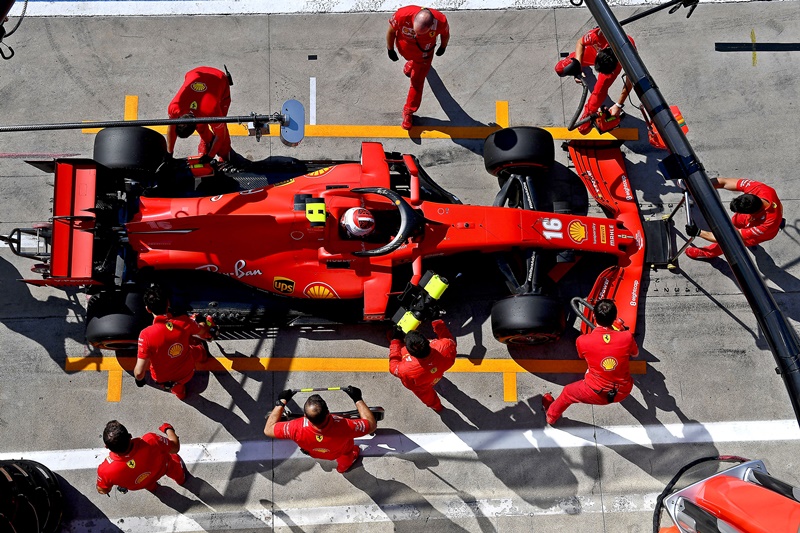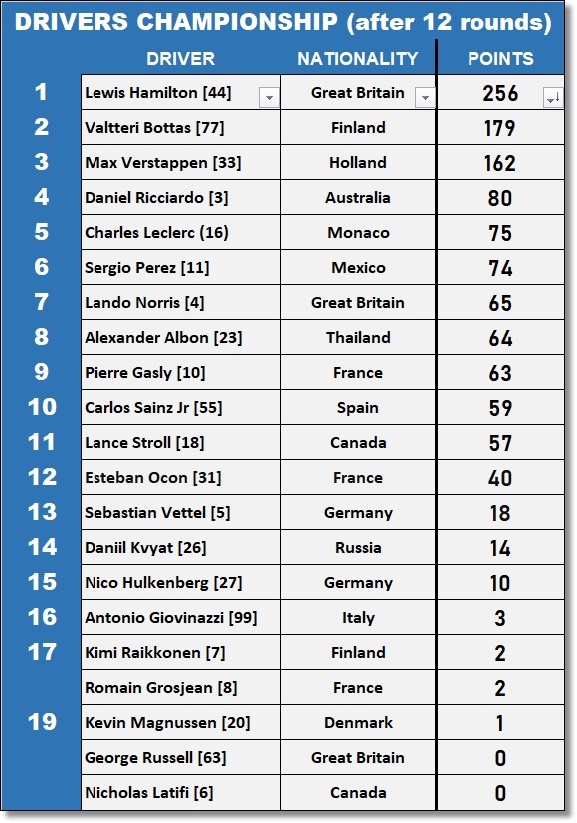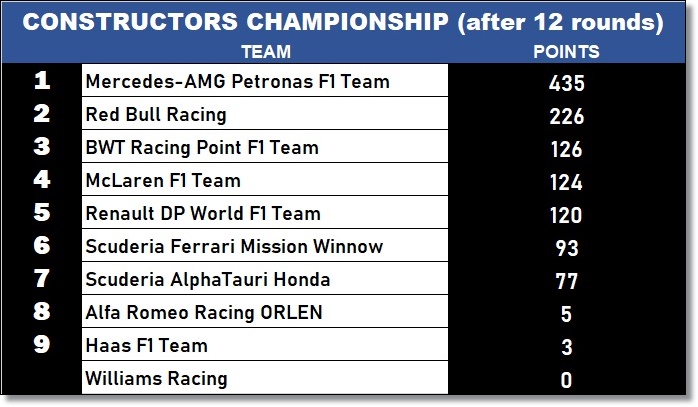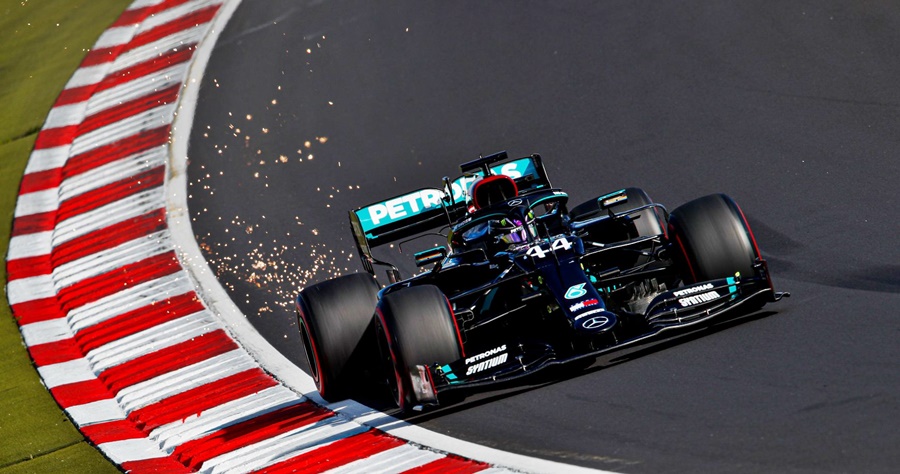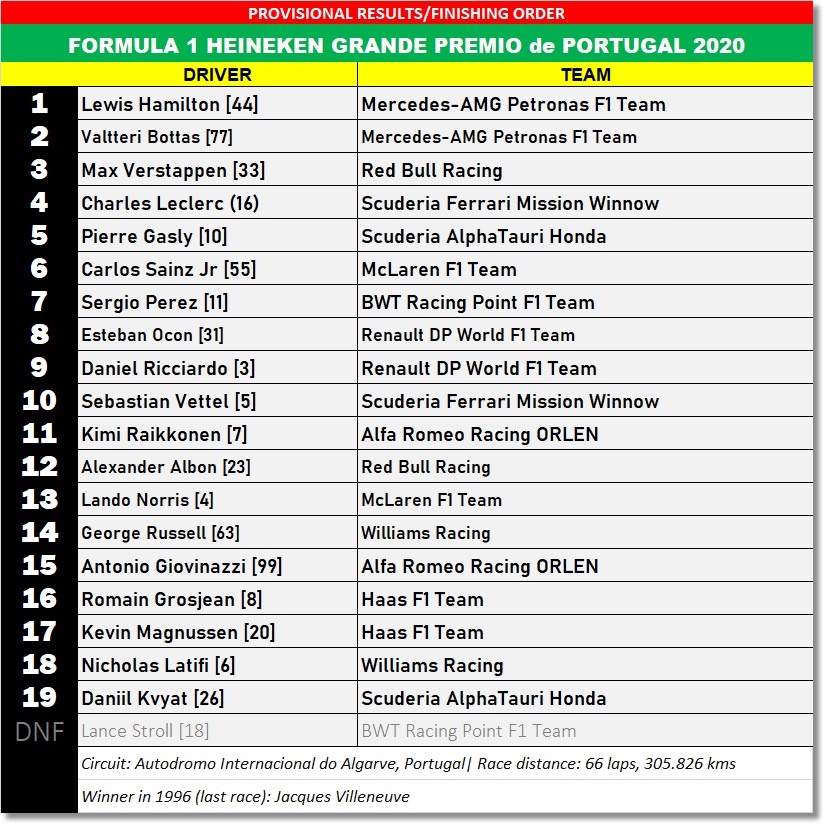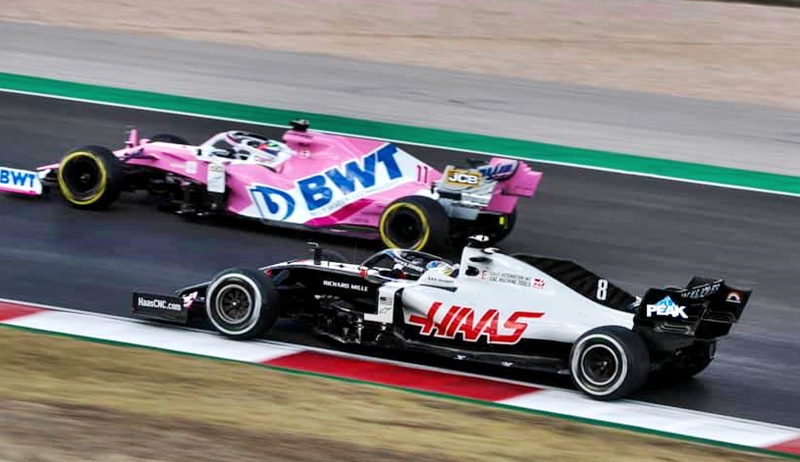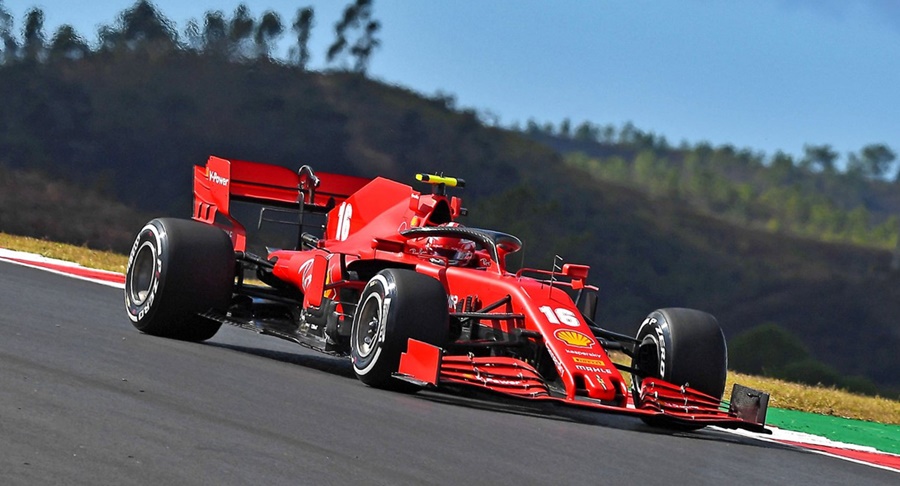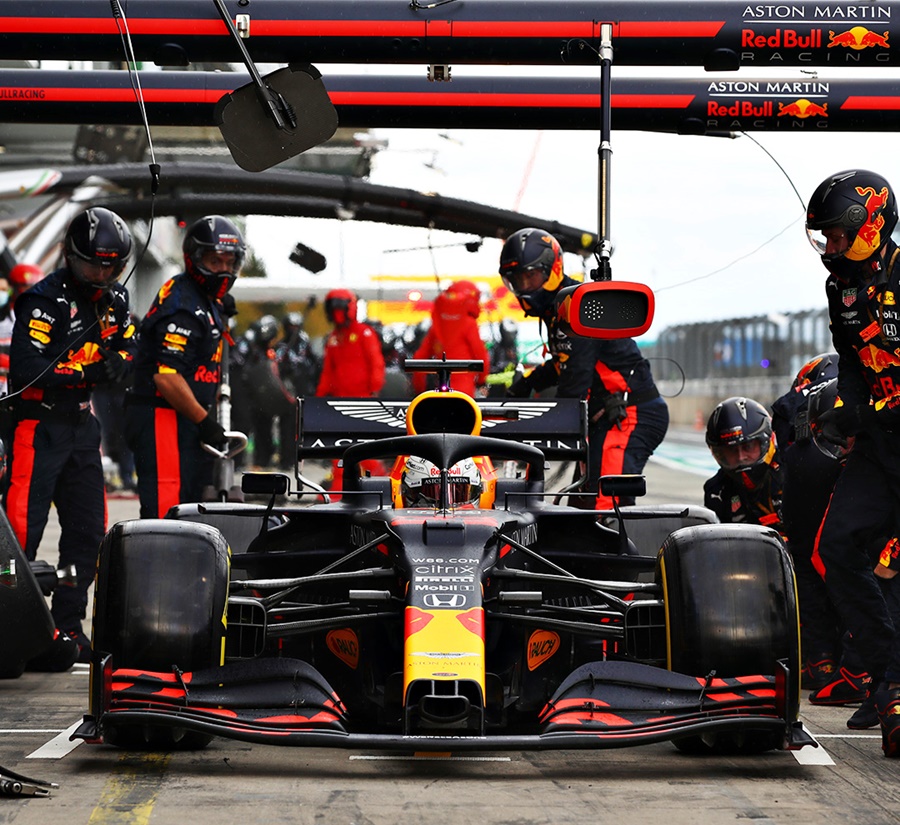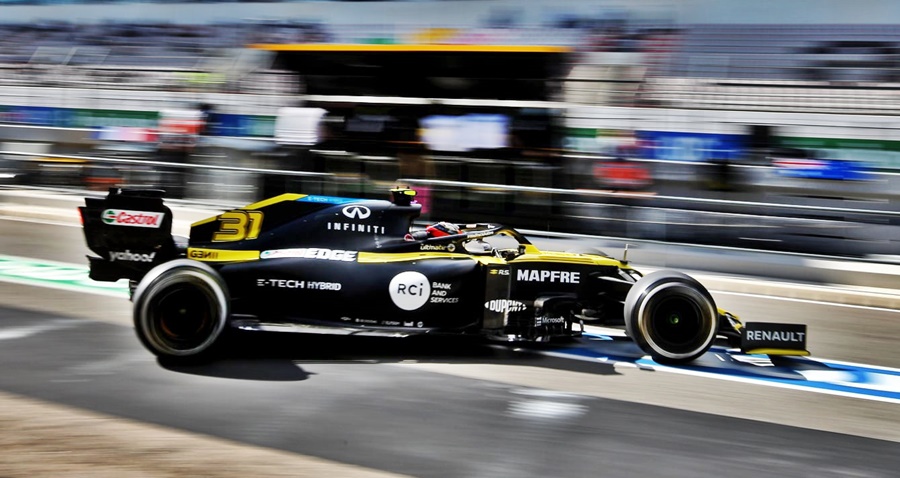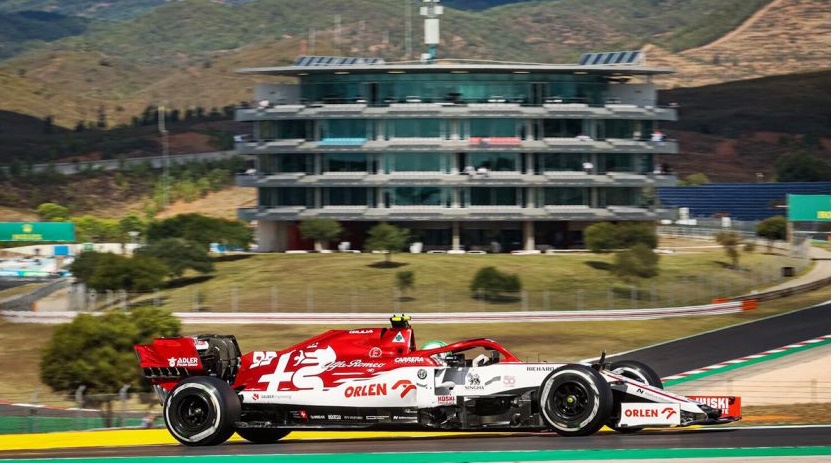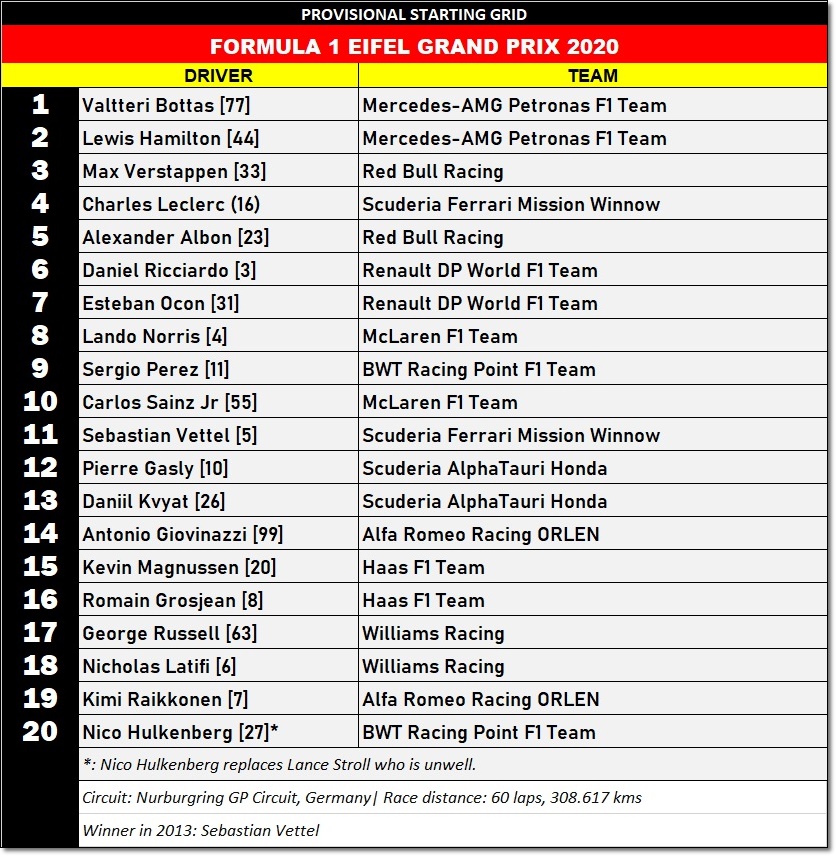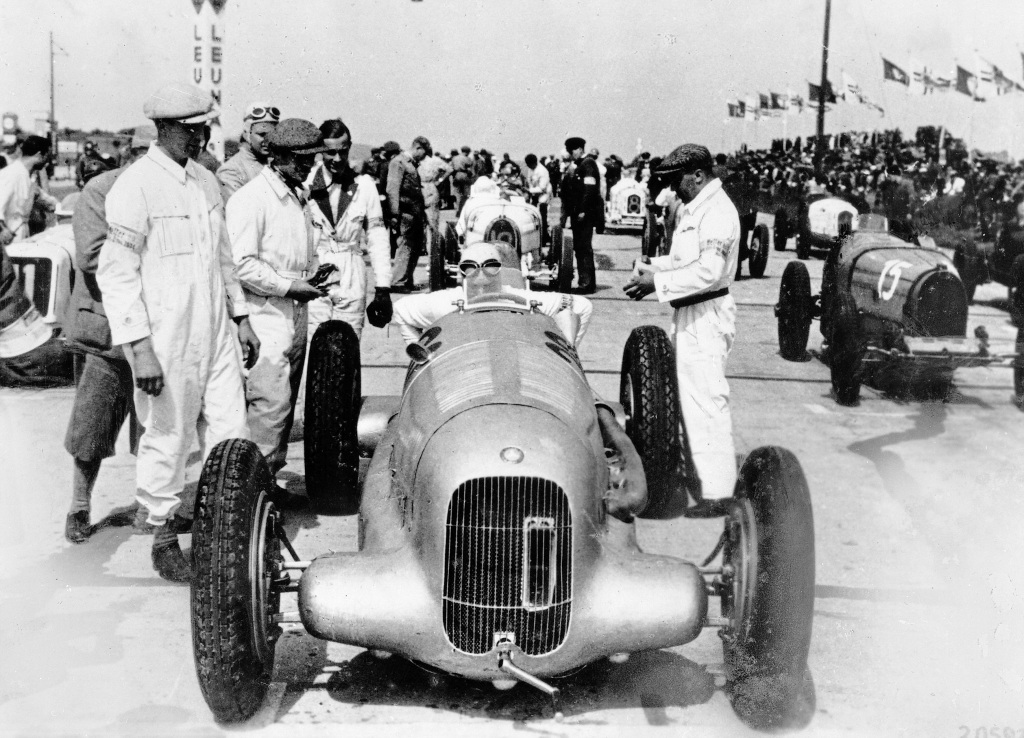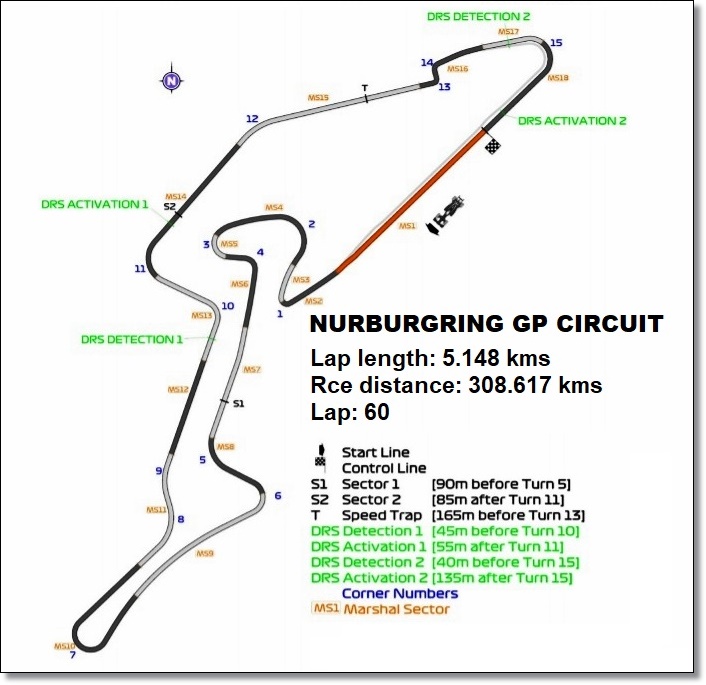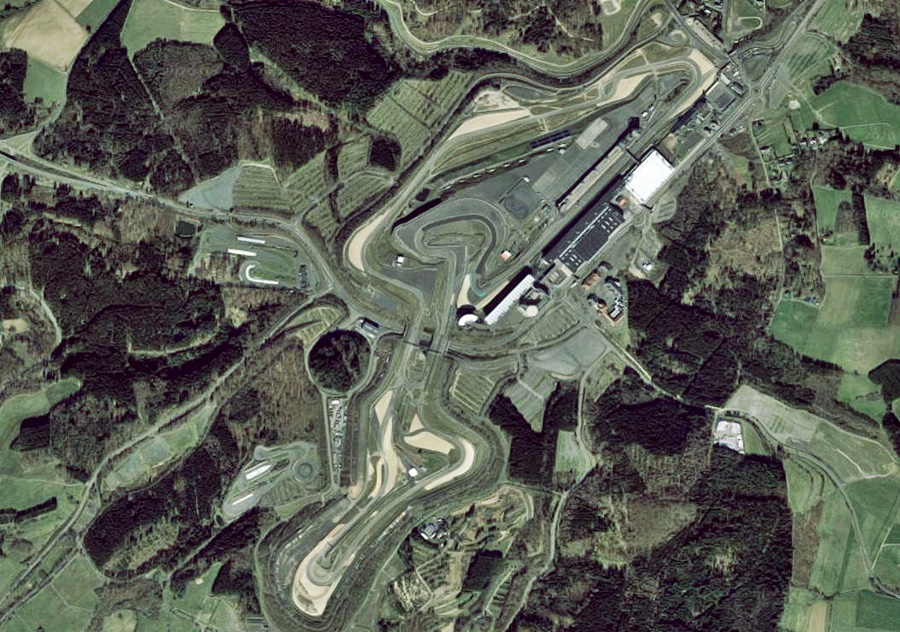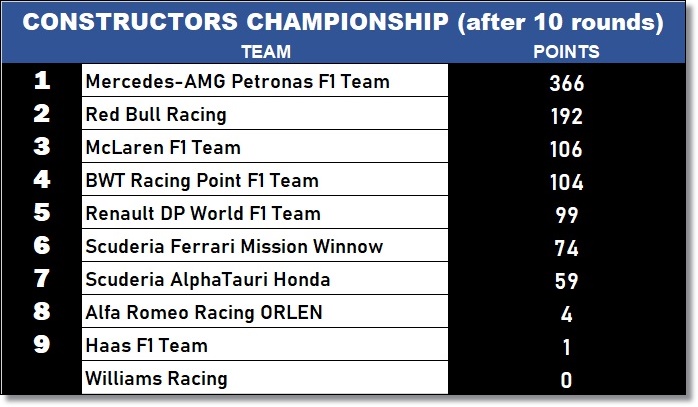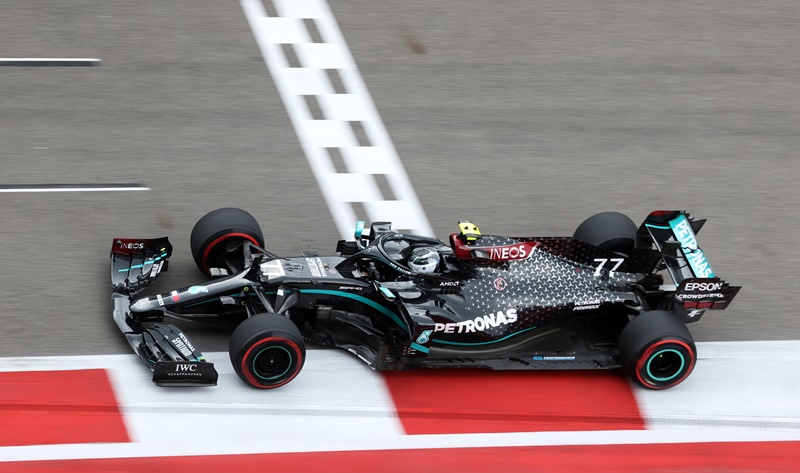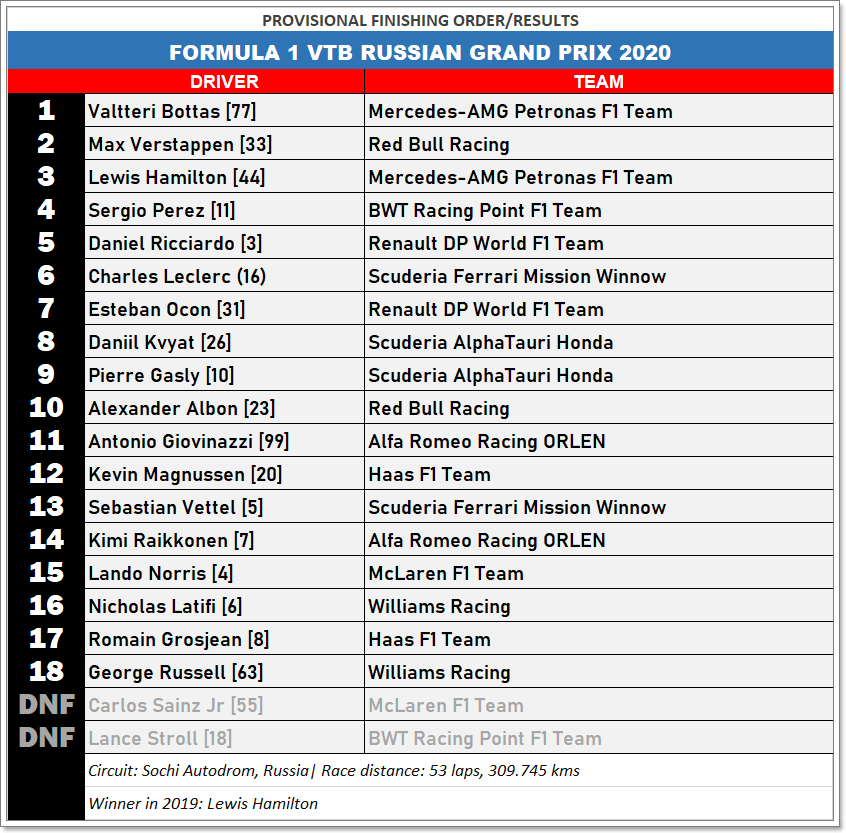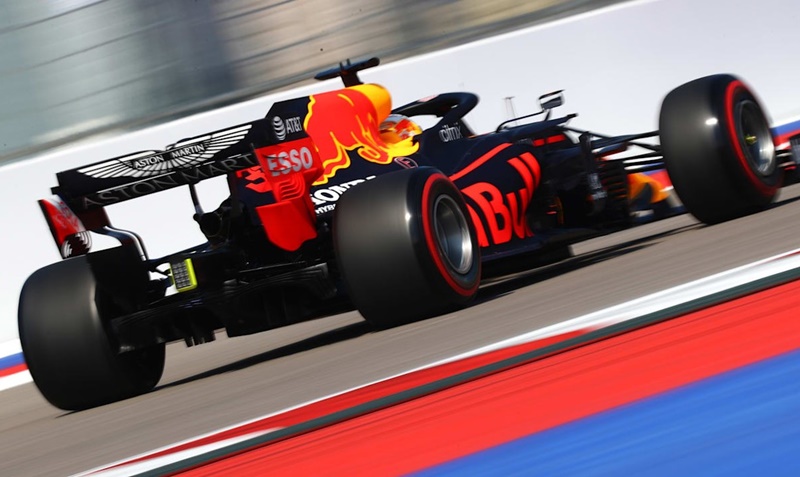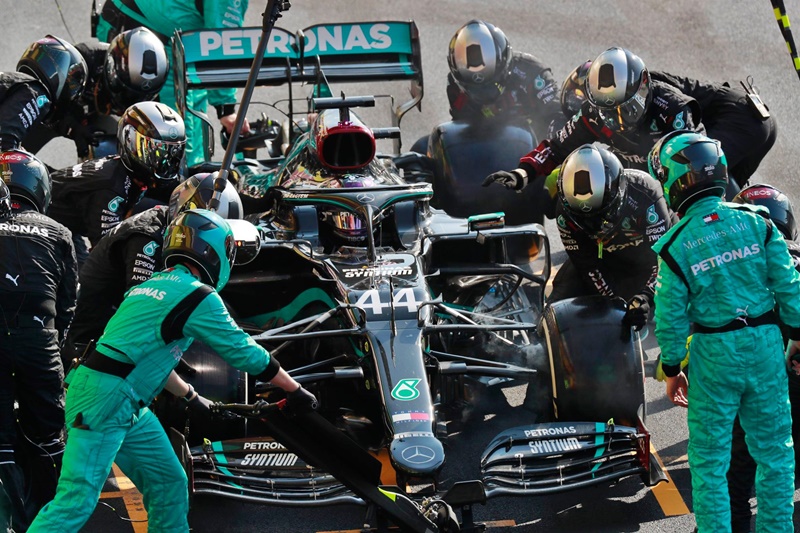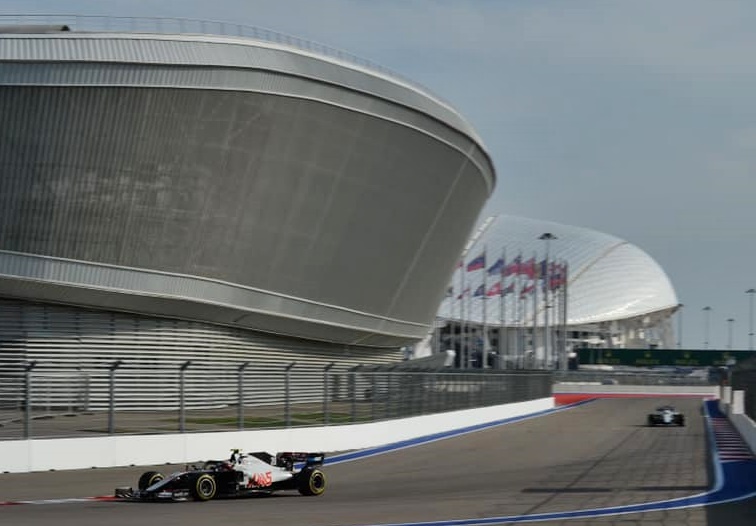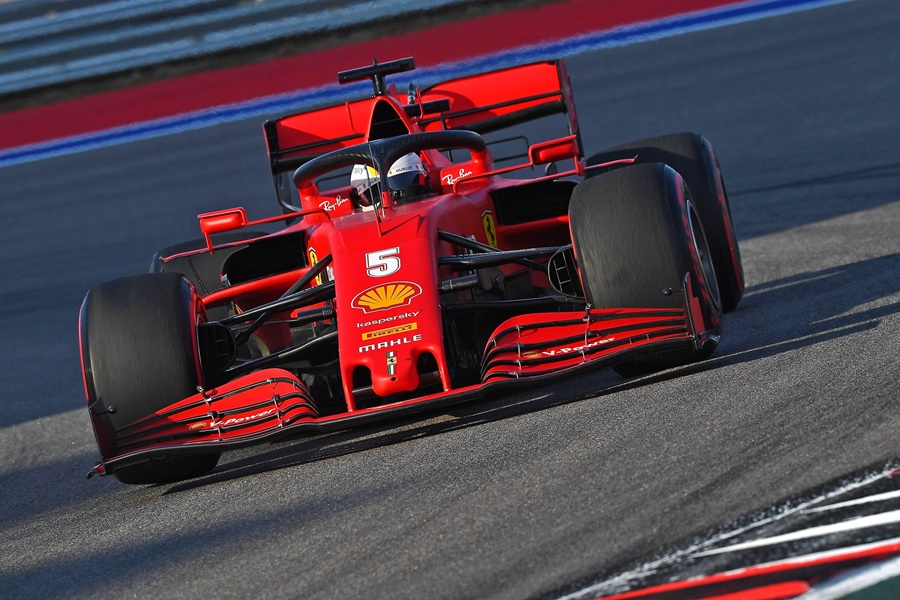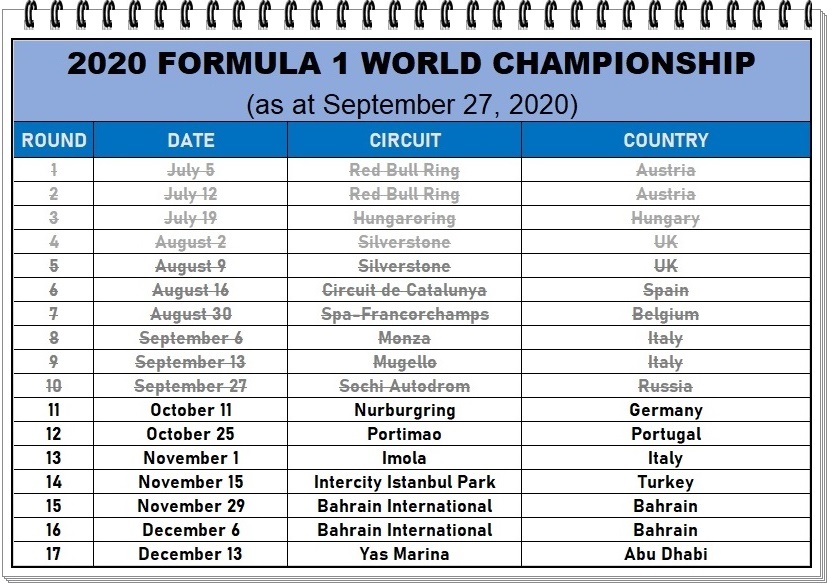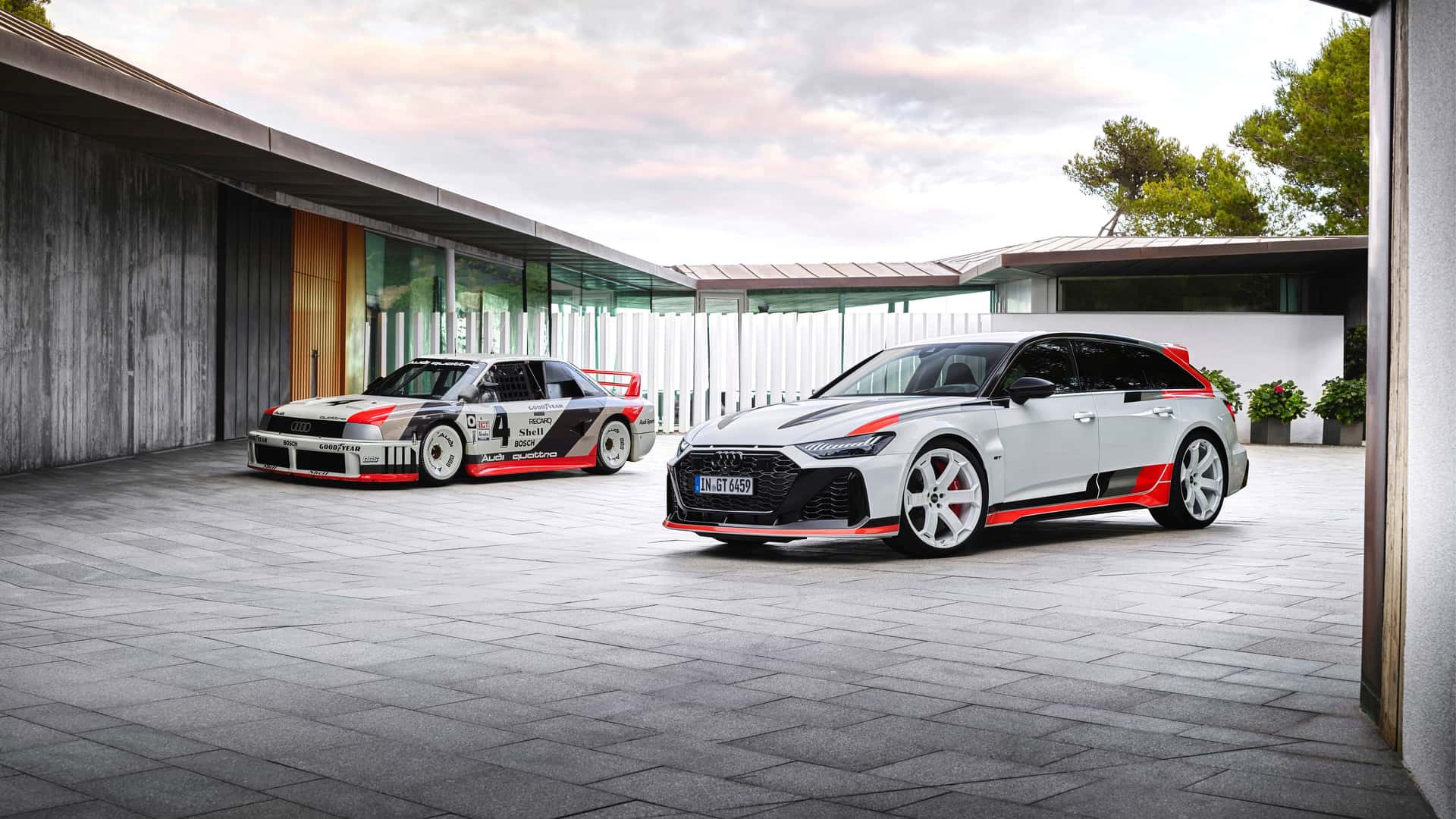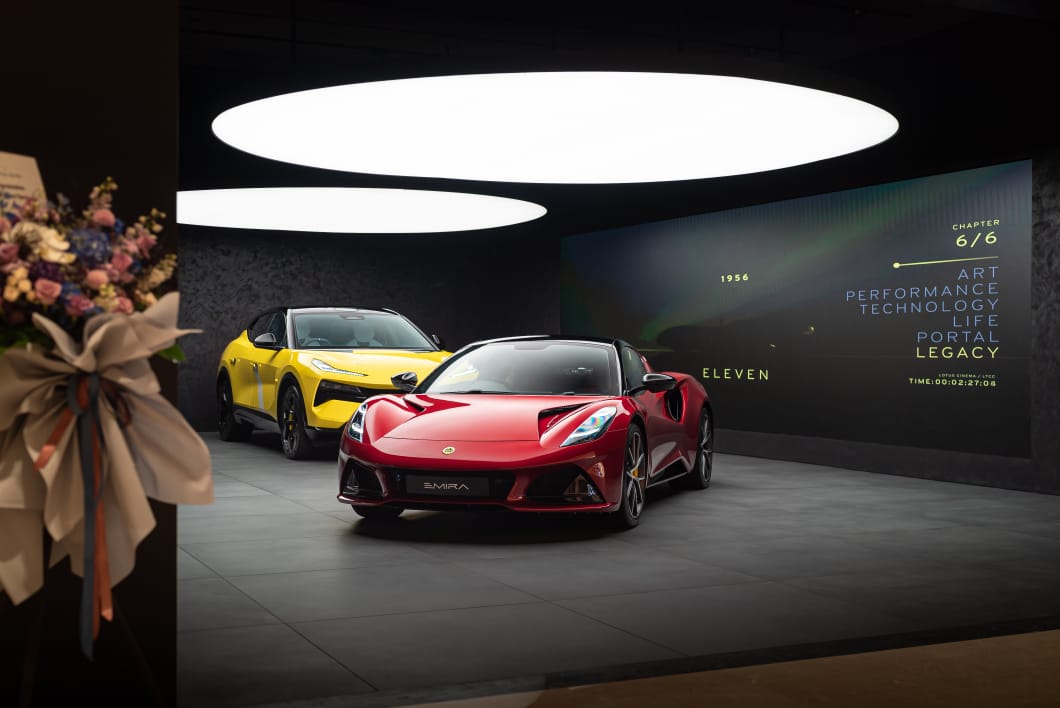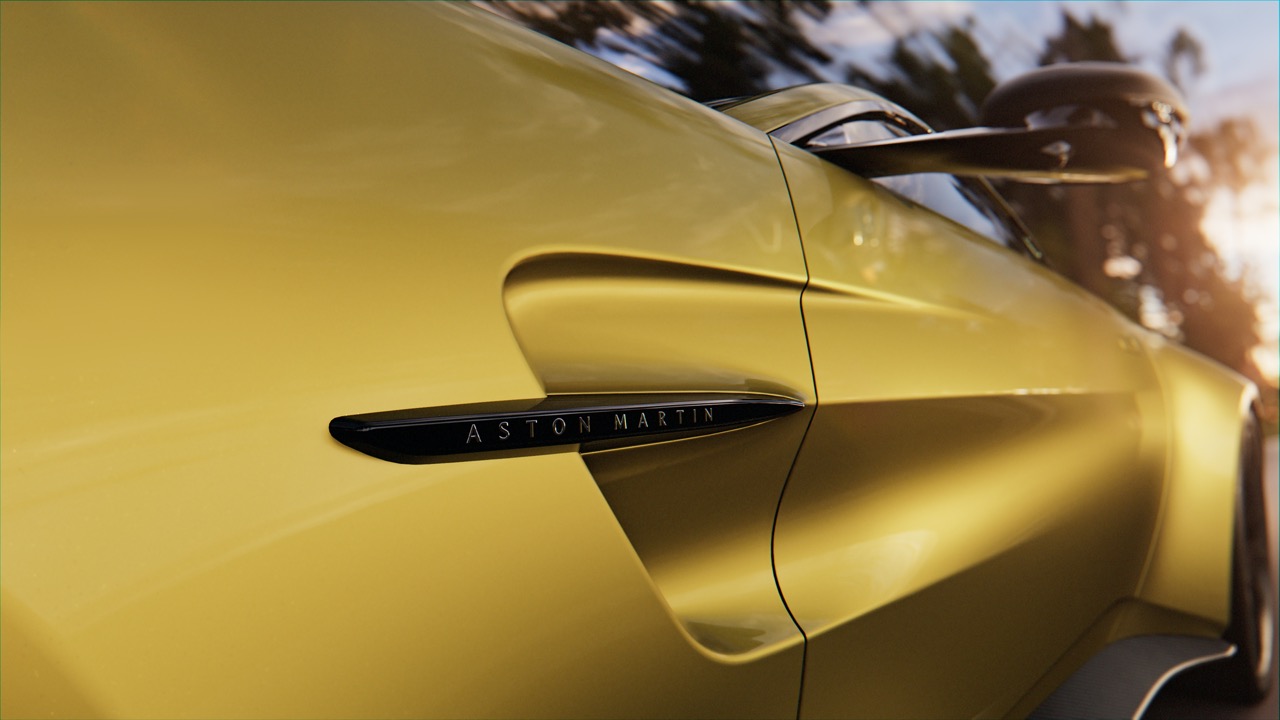Race starts at 8:10 pm in Bahrain/1:10 am (Monday) in Malaysia
The big news for second last race of the 2020 Formula 1 World Championship is, of course, the replacement of Lewis Hamilton by George Russell. The World Champion was tested positive on Monday after the last race and immediately started his self-isolation, as required by the authorities and in accordance with Standard Operating Procedures applied for events. As the self-isolation will be at least 10 days, this meant that he could not race this weekend at the Sakhir Grand Prix which is also run on the Bahrain Circuit.
22-year old British driver George Russell takes Hamilton’s place so his racing number ‘63’ is now on the Mercedes-AMG racing car. Russell has been with Williams Racing since 2019 and the team was willing to release him to race for Mercedes-AMG. British-Korean Jack Aiken, Williams’ test and reserve driver, will drive in his place.
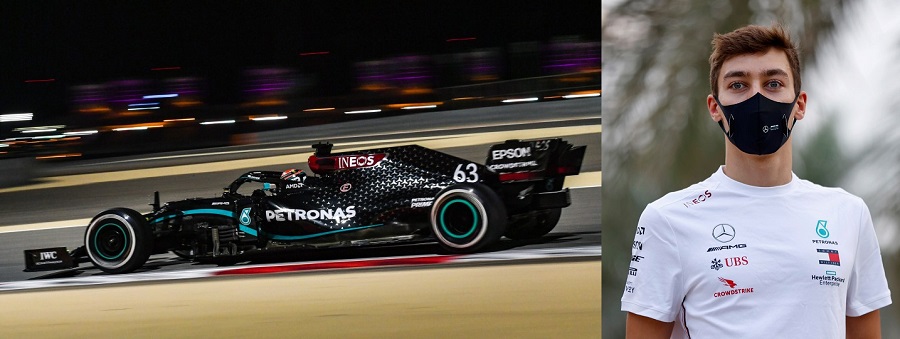
Russell is no stranger to Mercedes-Benz though, having been a member of the Mercedes-Benz Junior Programme since 2017, when he won the GP3 Series championship as a rookie, before repeating the feat in Formula 2 in 2018.
“It will not be a straightforward task for George to make the transition from the Williams to the W11, but he is race-ready and has detailed understanding of the 2020 tyres and how they perform on this generation of cars. George has shown impressive form this year with Williams, playing an instrumental role in their climb up the grid, and I am optimistic that he will deliver a strong performance alongside Valtteri, who will be a demanding reference for him,” said Team Principal and CEO Toto Wolff.
In practices during the week, Russell seems to have settled into the W11 and clocked fastest laps. “It’s been good working with the team and I’m learning a lot every single lap I’m in the car. I think my lap times are a bit deceiving at the moment and not the true representation of the pace. There’s still a lot of work to do to get comfortable in the car and with the set-up,” he said.
He is the fifth driver to race for the Mercedes-AMG Petronas F1 Team since 2010, and the third British driver to represent Mercedes-Benz in F1 after Sir Stirling Moss and Lewis Hamilton.
Brazil’s Pietro Fittipaldi will also make his F1 debut, taking the place of Romain Grosjean who was involved in the horrific accident during the last race. Fittipaldi, the grandson of 2-time Formula 1 world champion Emerson Fittipaldi , is test and reserve driver for the Haas F1 team. The last time there was a Brazilian driver in F1 was Felipe Massa in the 2017 Abu Dhabi GP.
While the race takes place at the same circuit and also at night, the layout is different as the Outer Circuit is being used. This is a shorter track – 3.5 kms instead of 5.4 kms – and 11 corners instead of 15. The drivers will have to circulate for 87 laps compared to last weekend’s 57 laps to get an almost similar total distance of 300+ kms, with each lap being less than a minute.
This is the first time that the layout has ever been used for an international race, and 87 laps is the highest number on the F1 calendar. There is no historical data for the new middle sector which starts from the usual Bahrain Grand Prix layout at the exit of Turn 4.
Track surface is always a big topic with new tracks and while the surface on the new section in Bahrain is similar to the rest of the circuit and made from the same material, it’s not been used anywhere near as much, so is therefore less worn and ‘greener’ as a result. Pirelli is supplying the same tyres as last weekend, with the C2 compound as the white Hard tyres, the C3 as the yellow Medium, and the C4 as the soft tyres.
The different layout will require some set-up changes, though not great. Though there are few braking points, those that exist will be hard on brakes so effective cooling will be important.
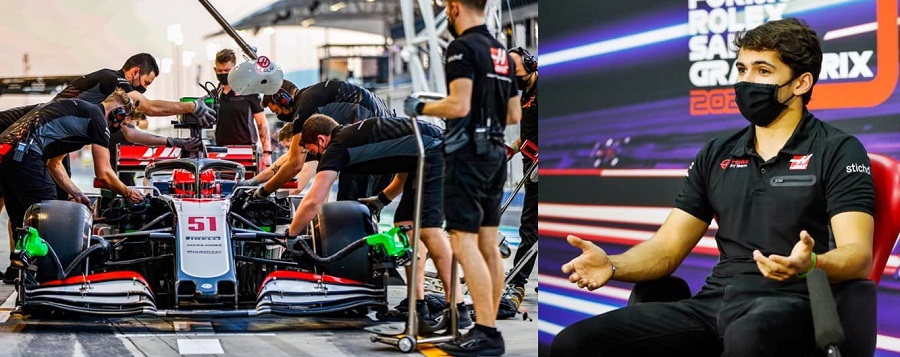
“In terms of the race itself, firstly the person putting out the pit board is going to be busy… with 87 laps worth of updates and only 60 seconds (compared to 90 seconds) to place the correct lap number and gaps to the car in front and behind. And on the pit wall, there will be less time for decisions to be made, with a smaller window to consider, decide and action those crucial strategic calls,” said a member of the Mercedes-AMG team.


